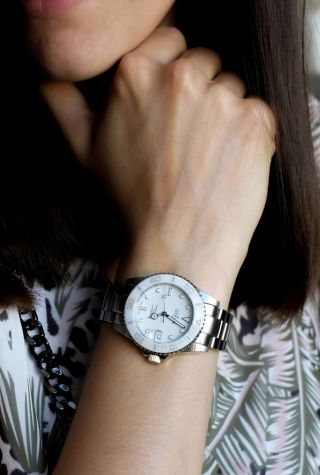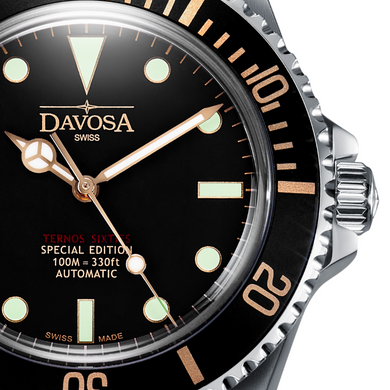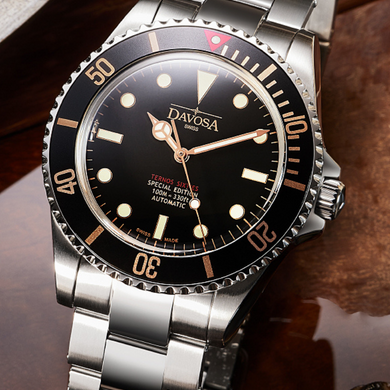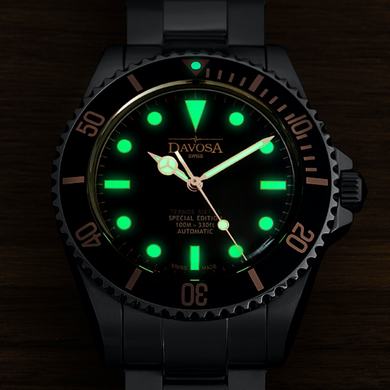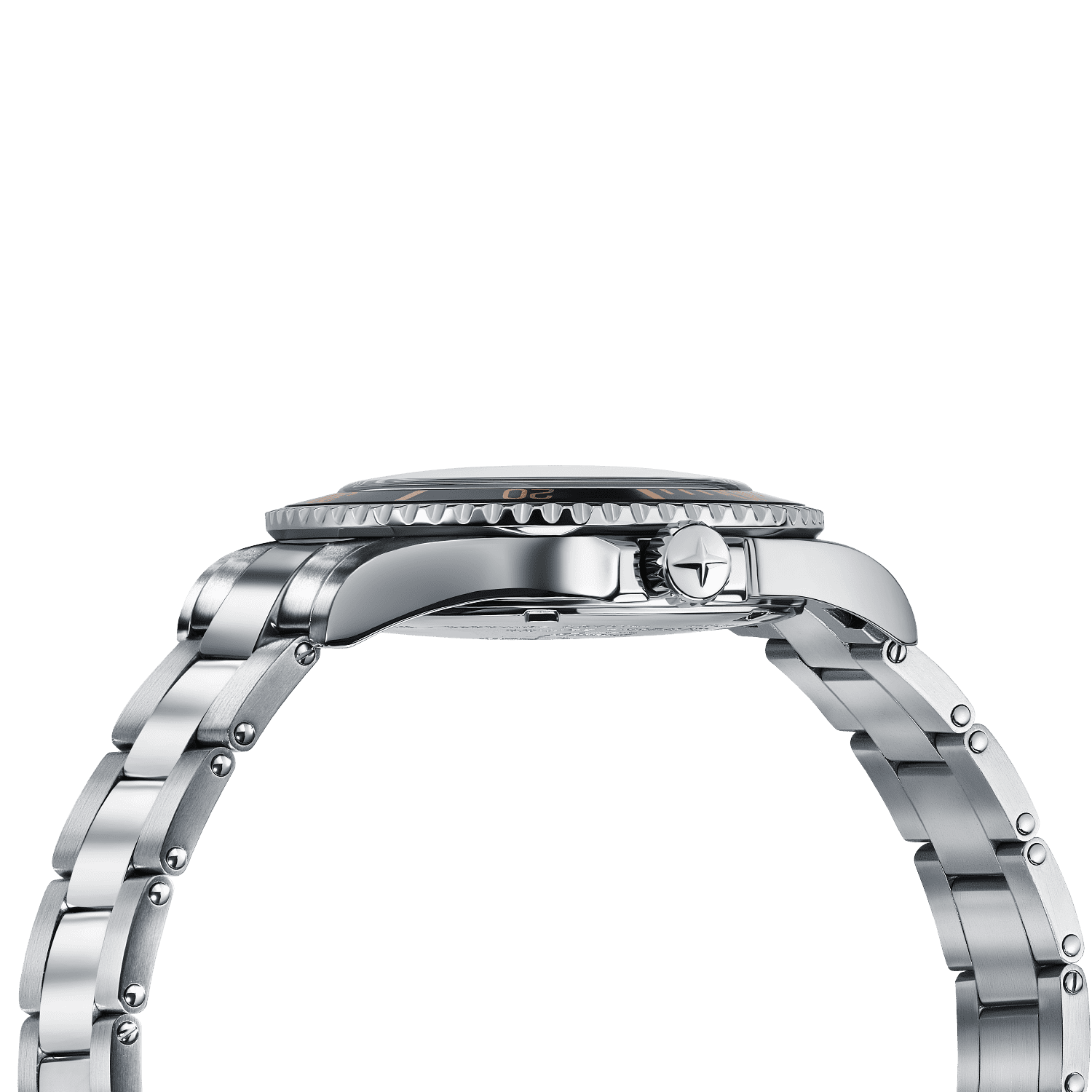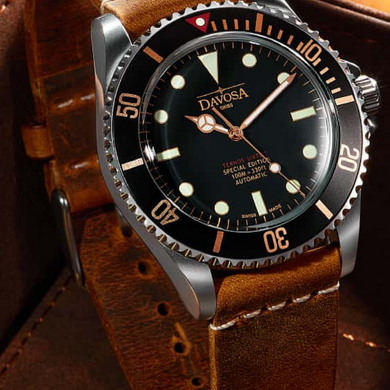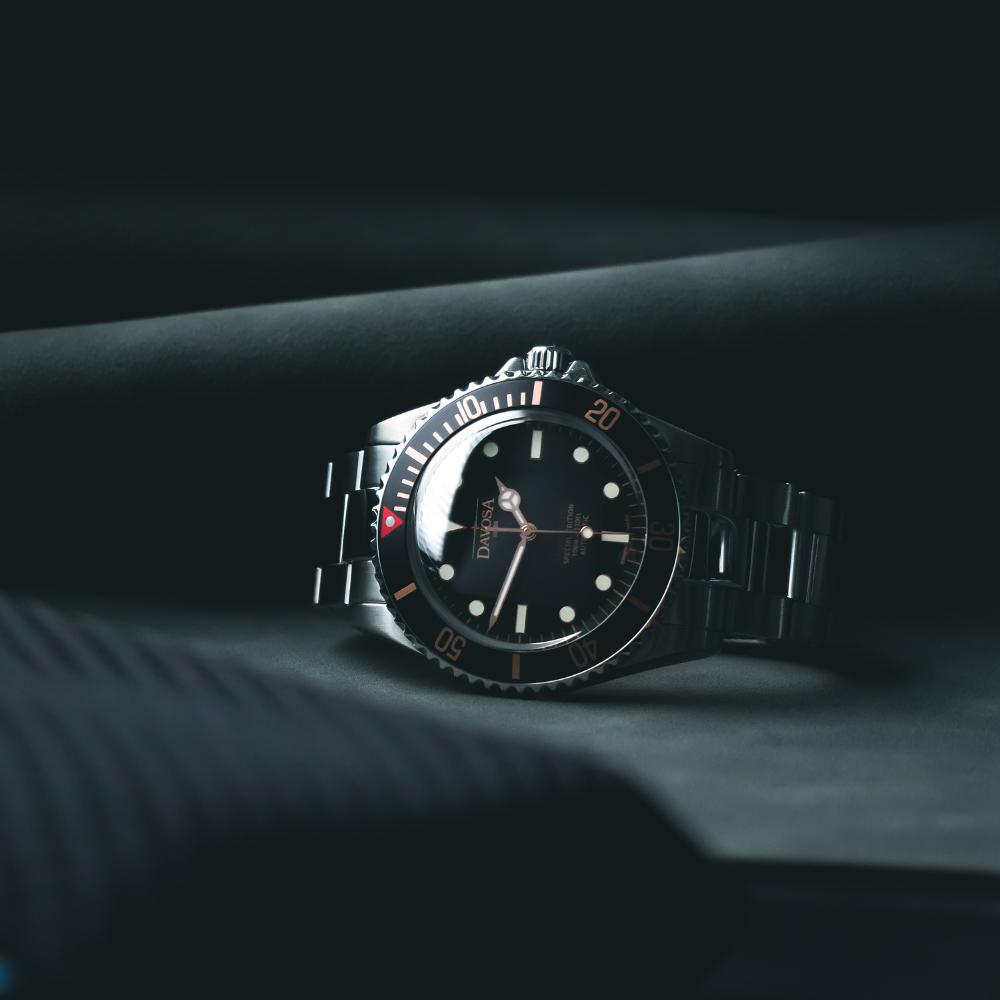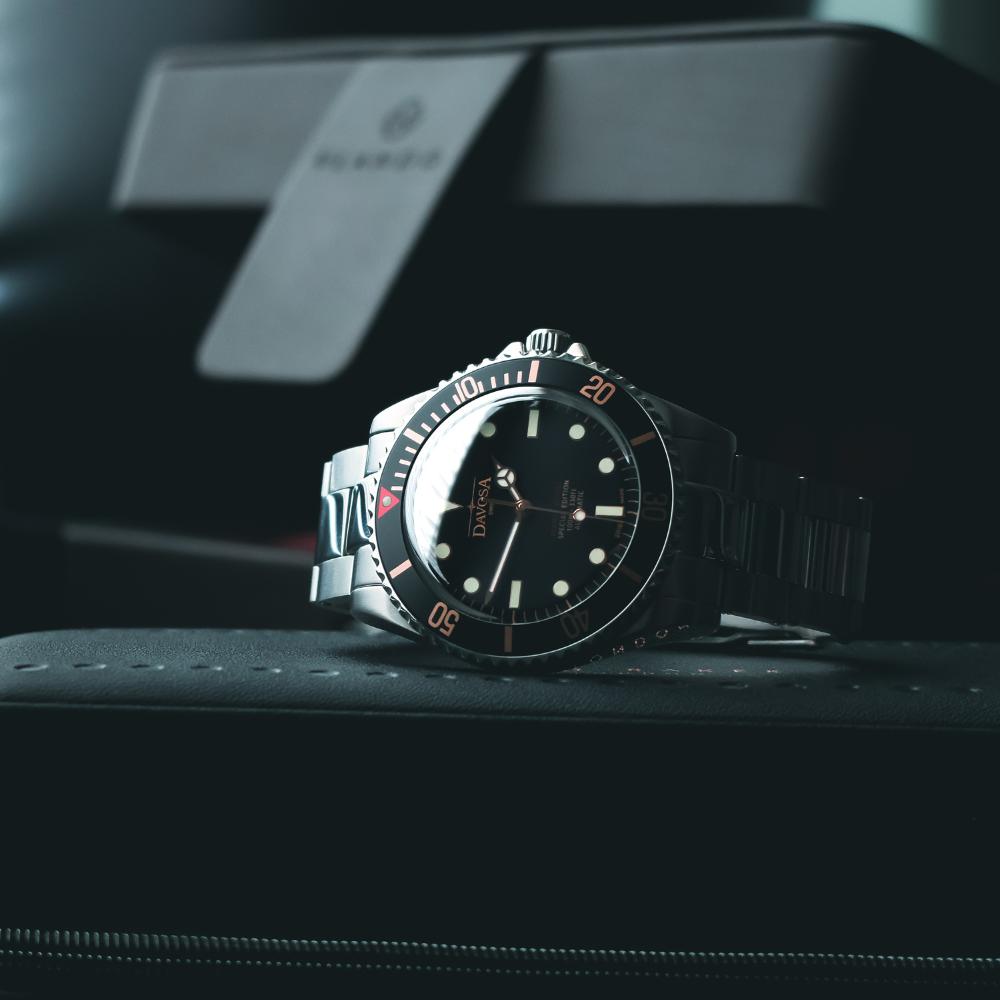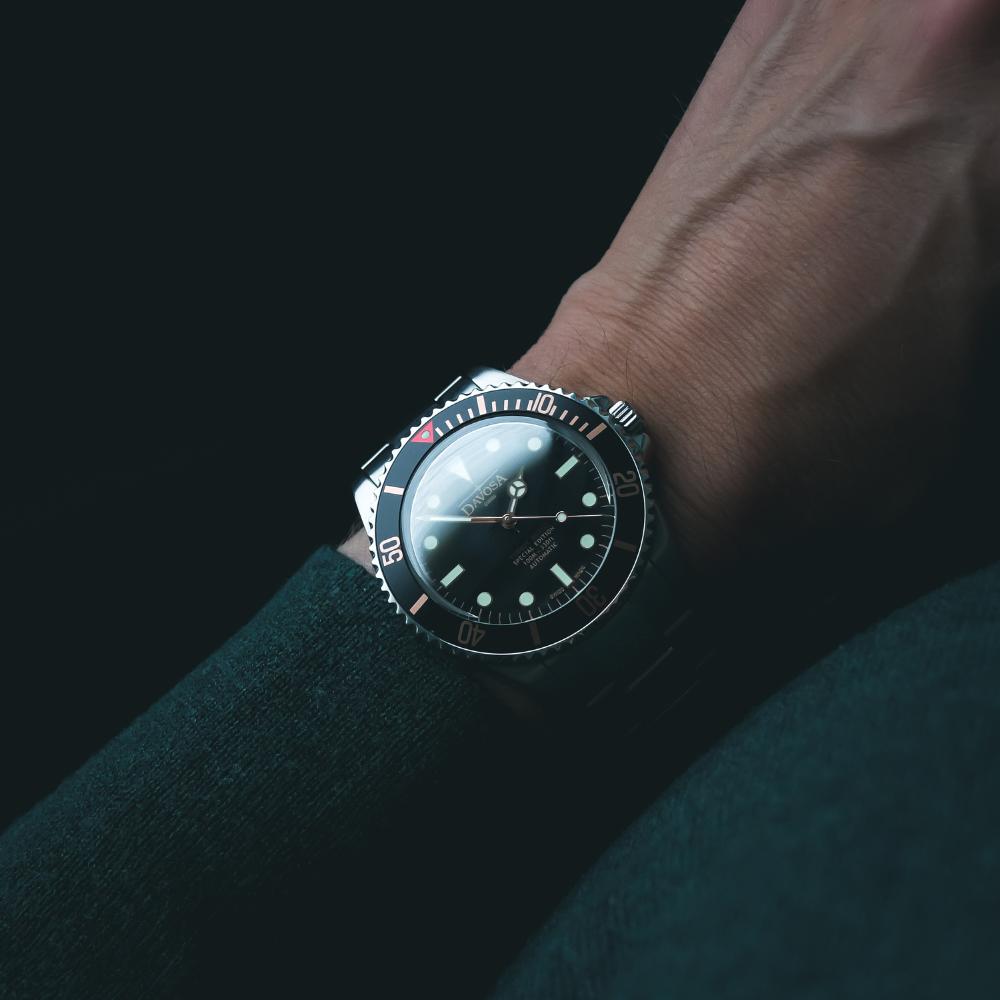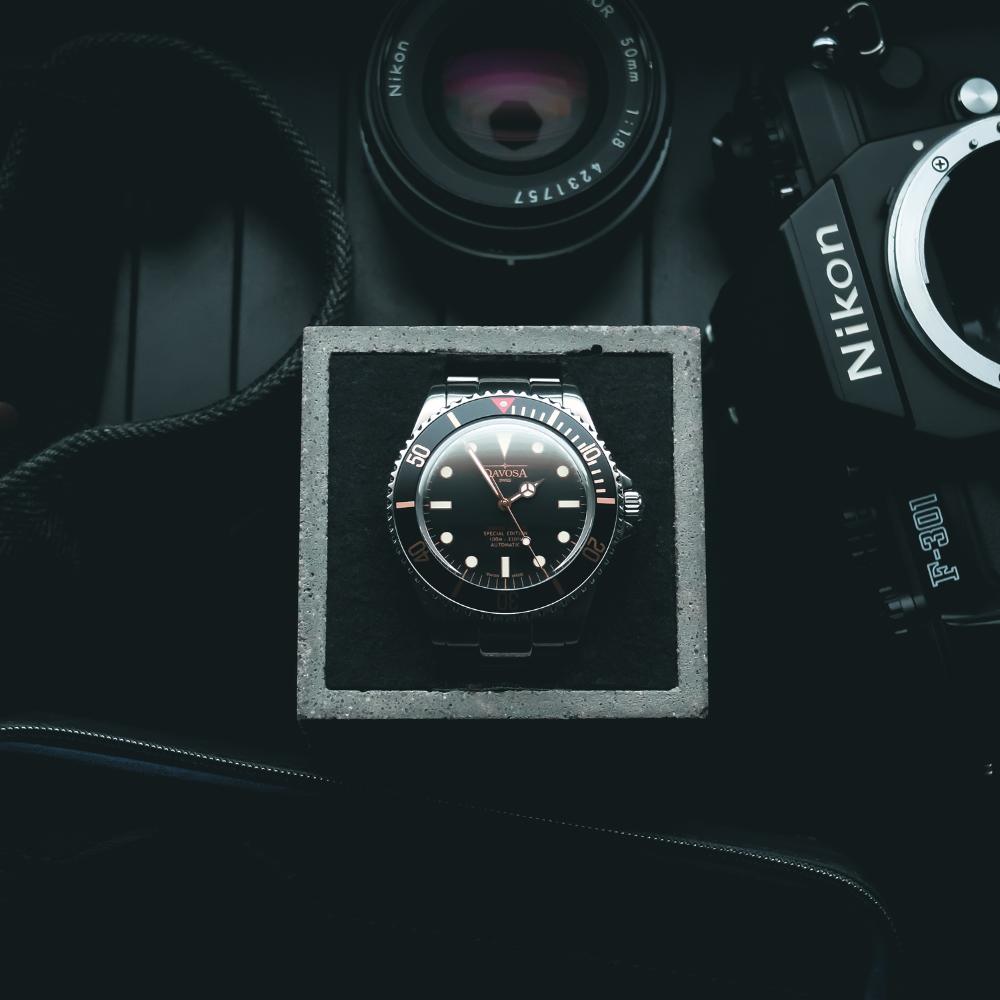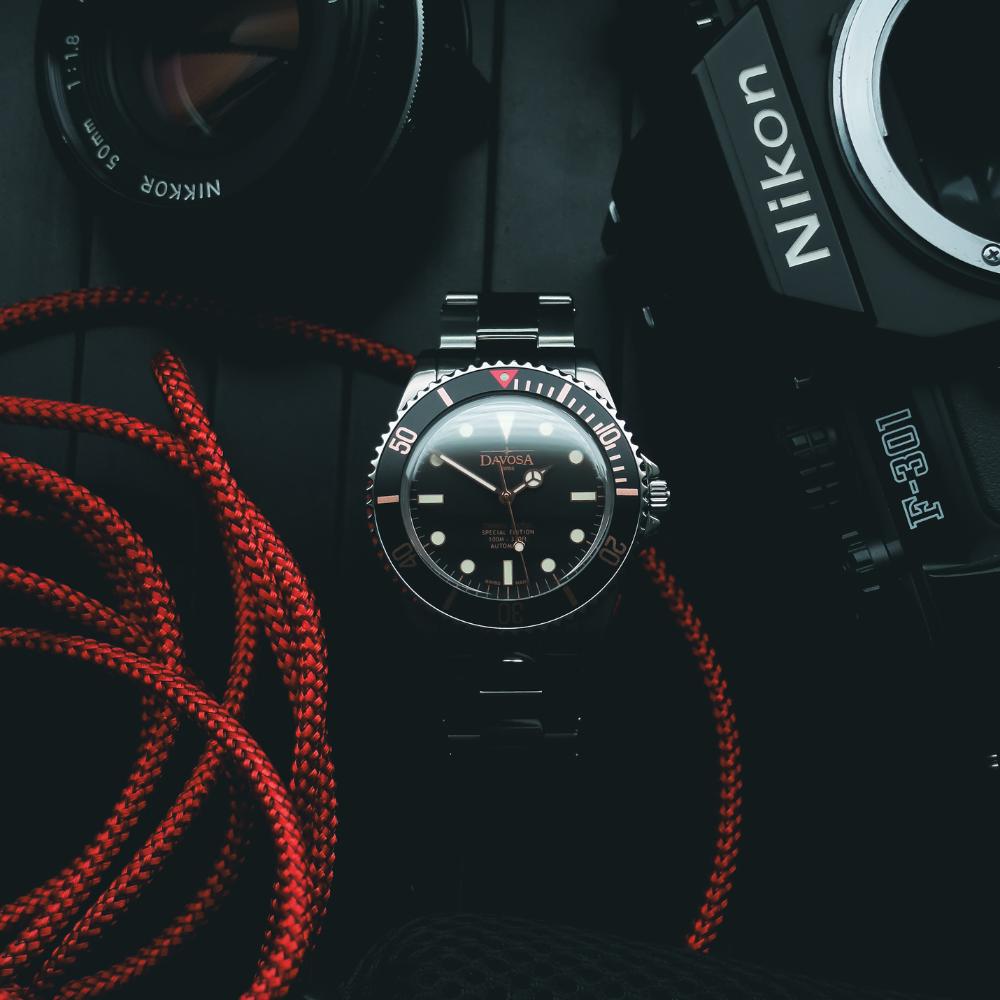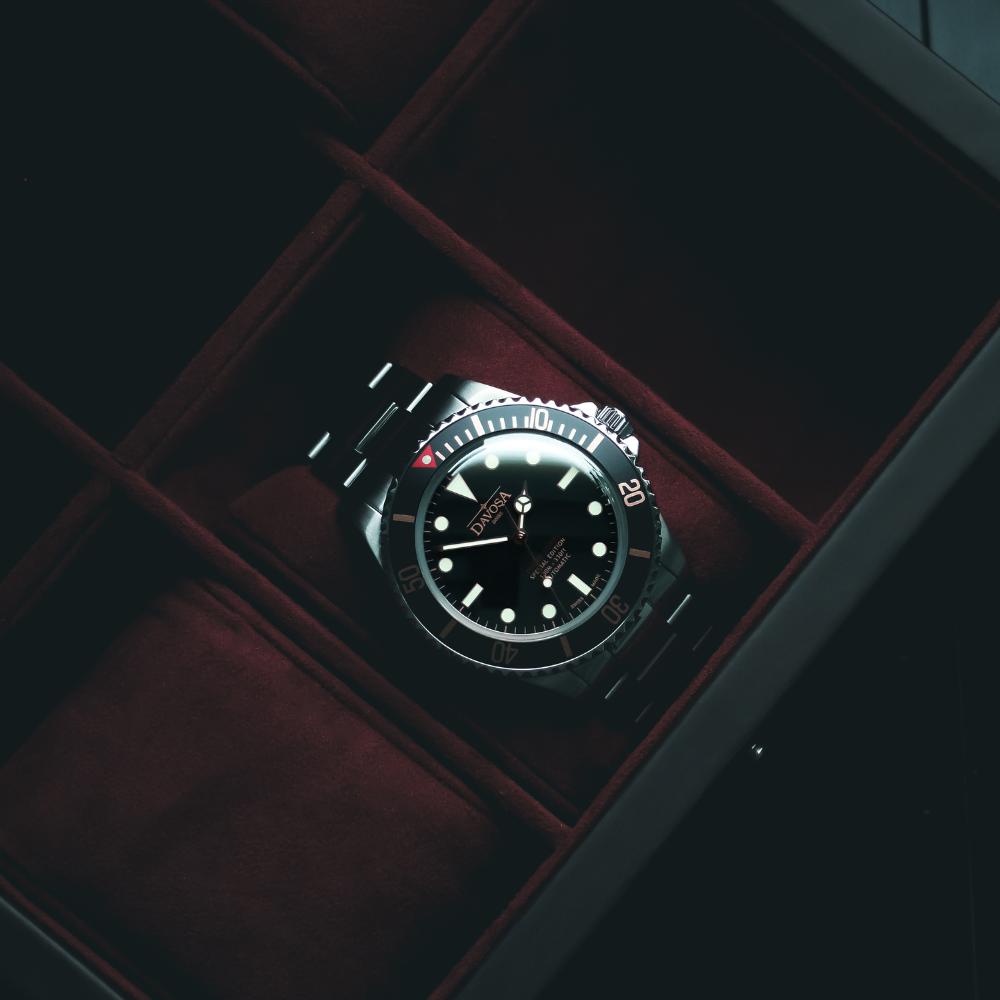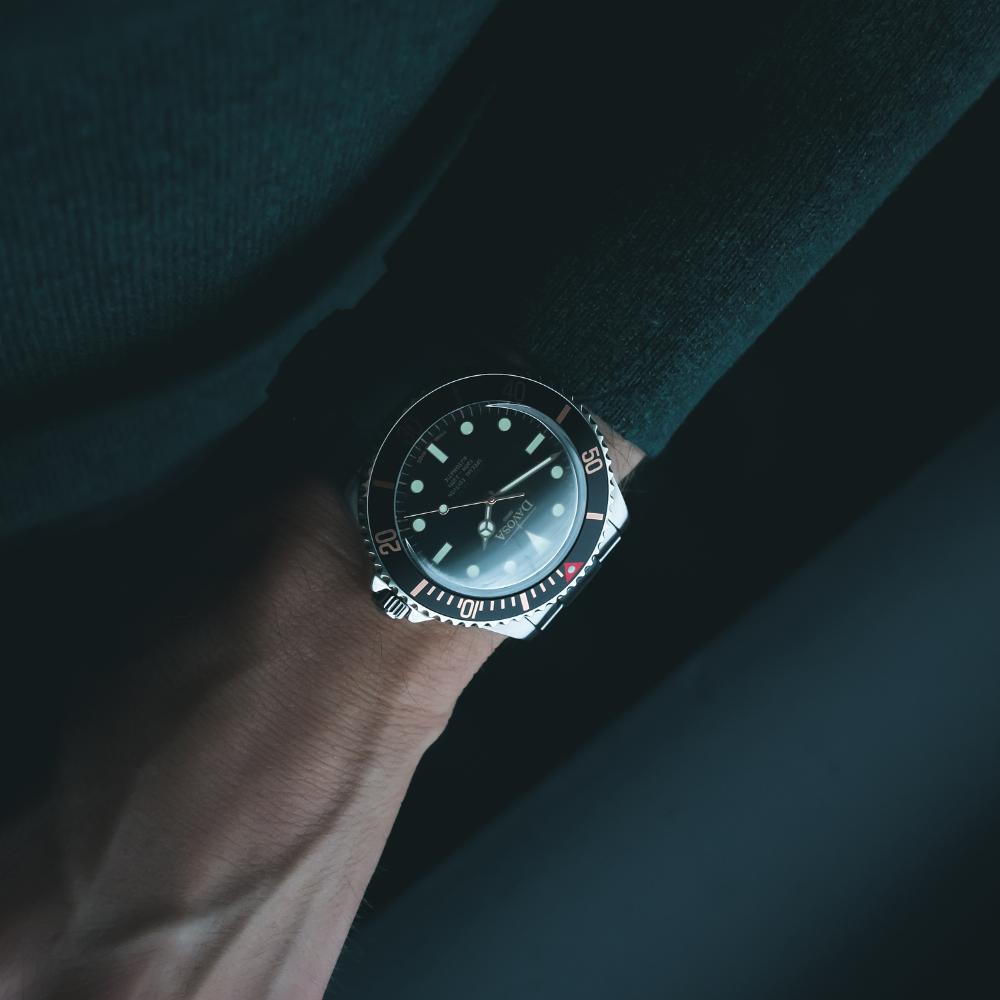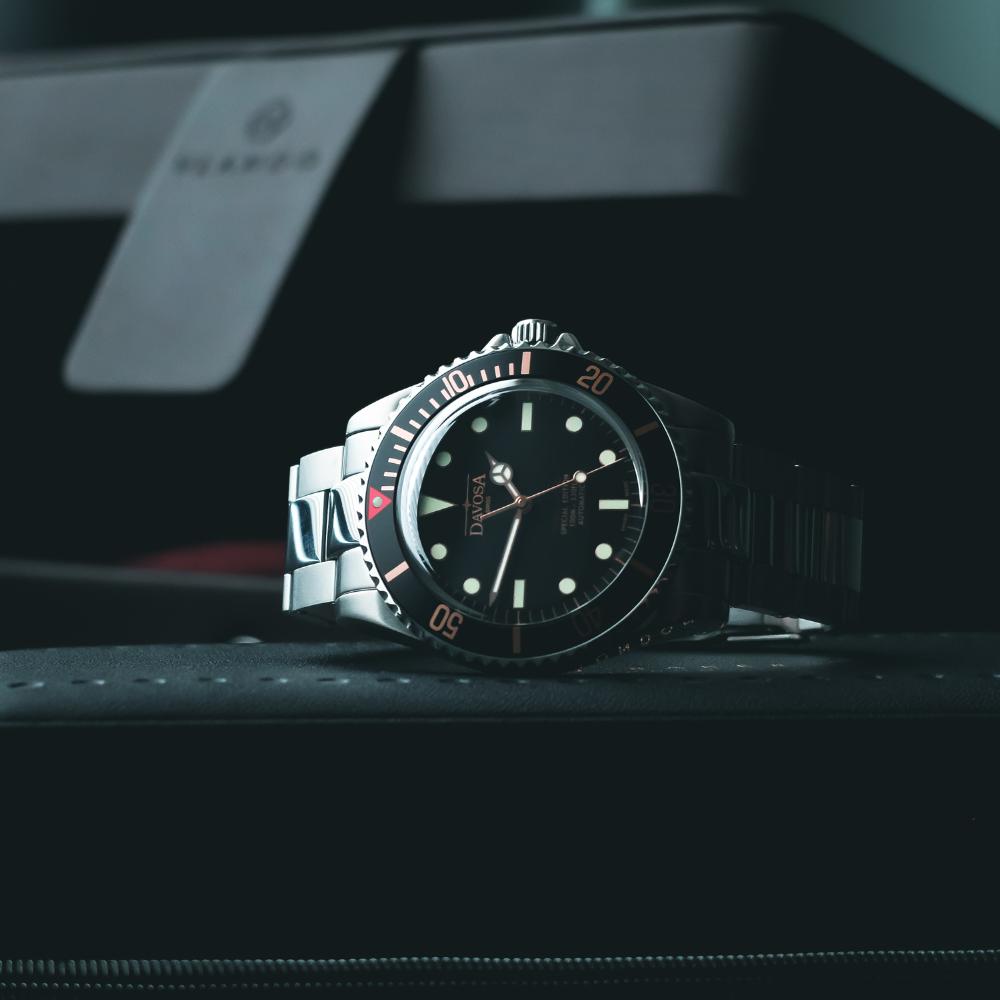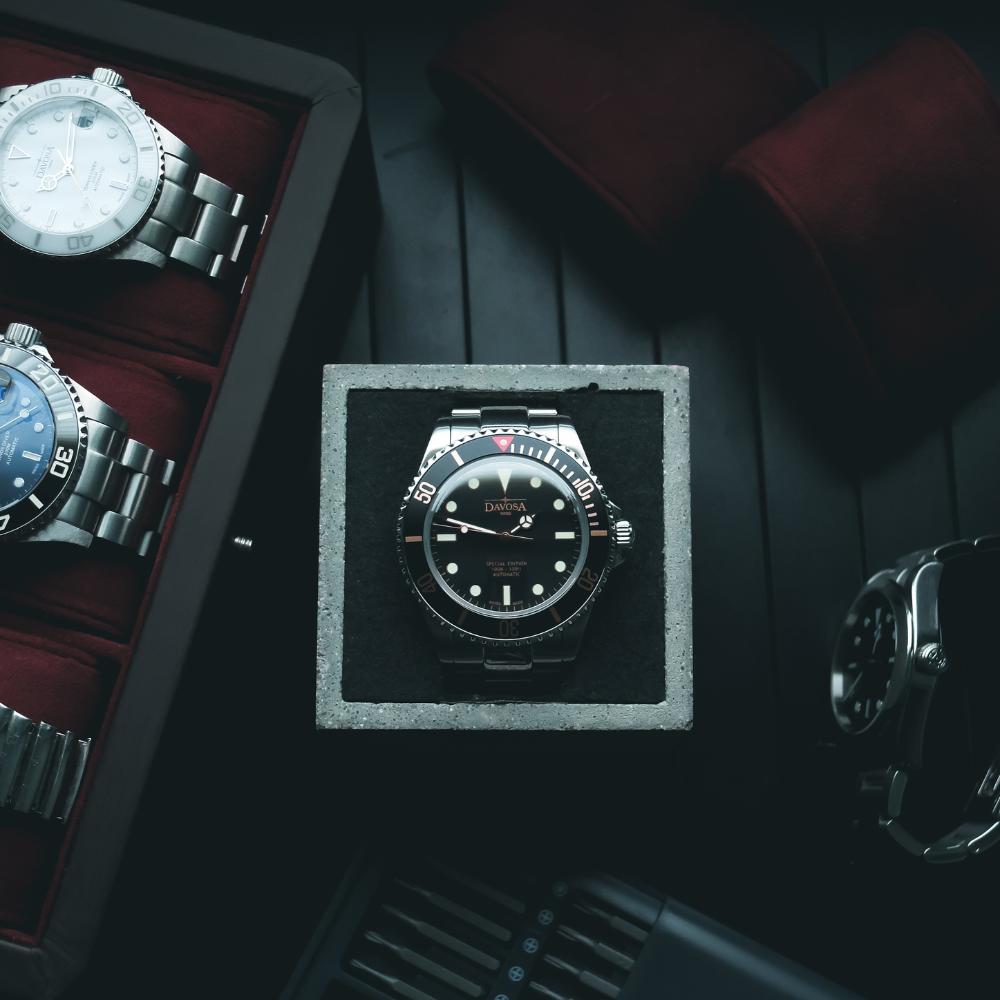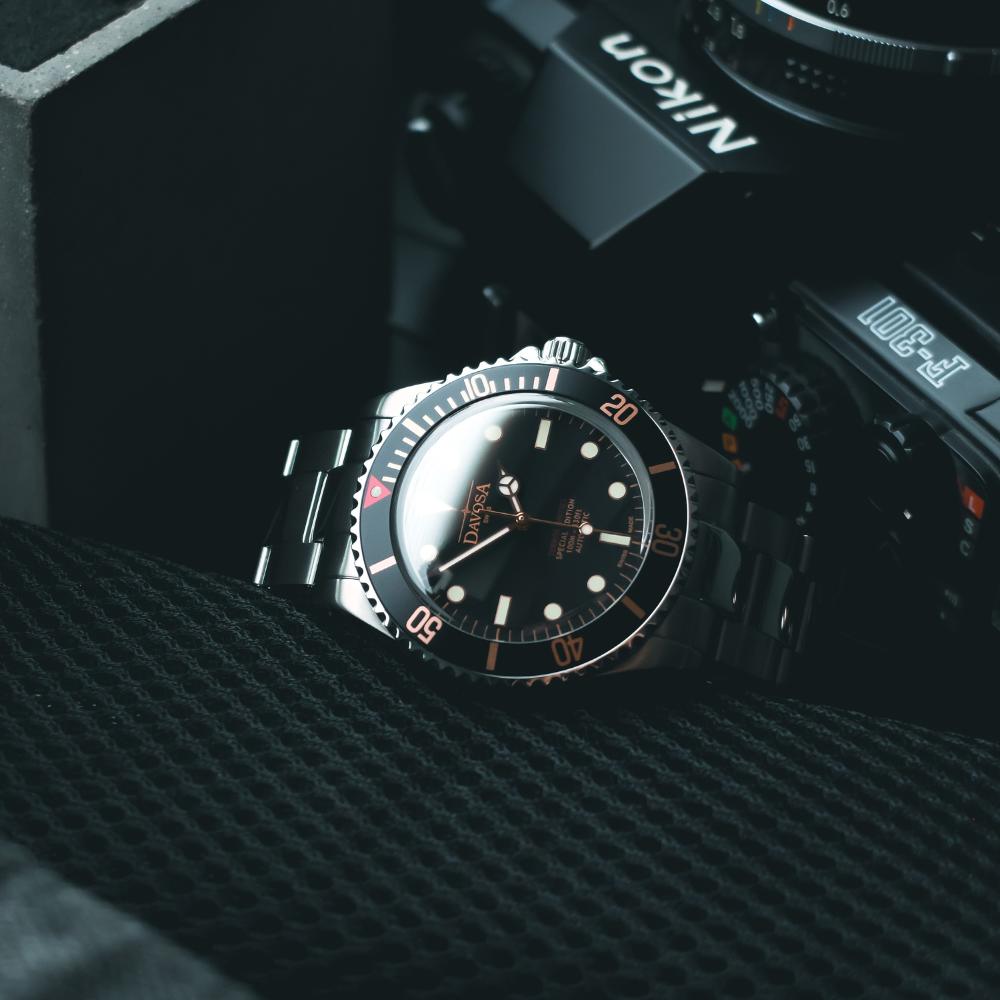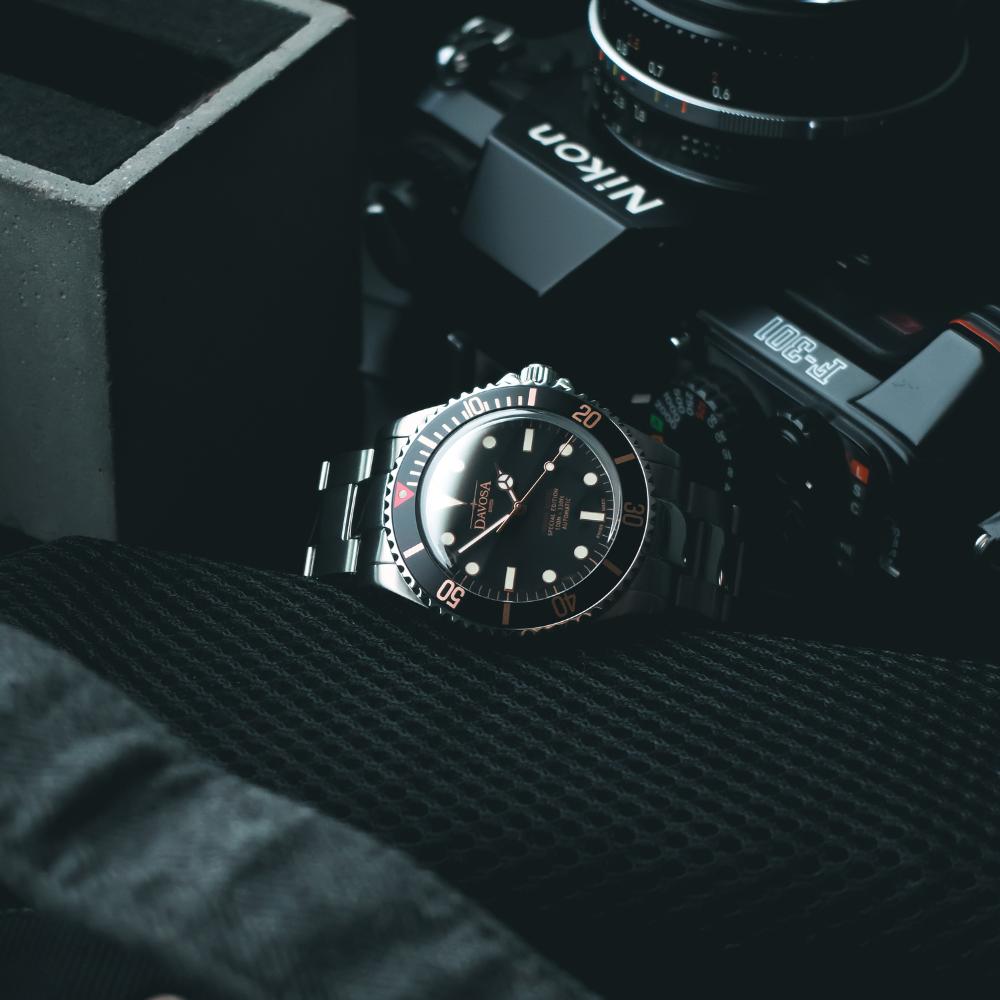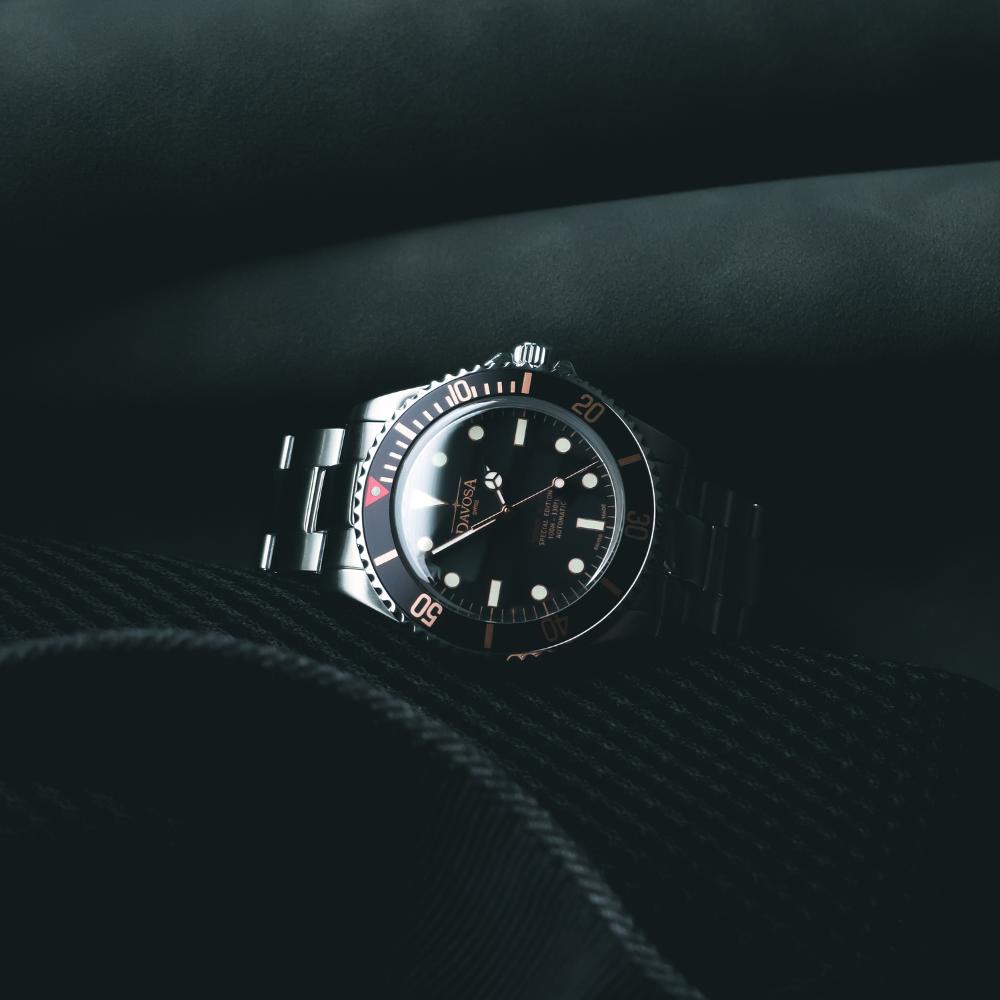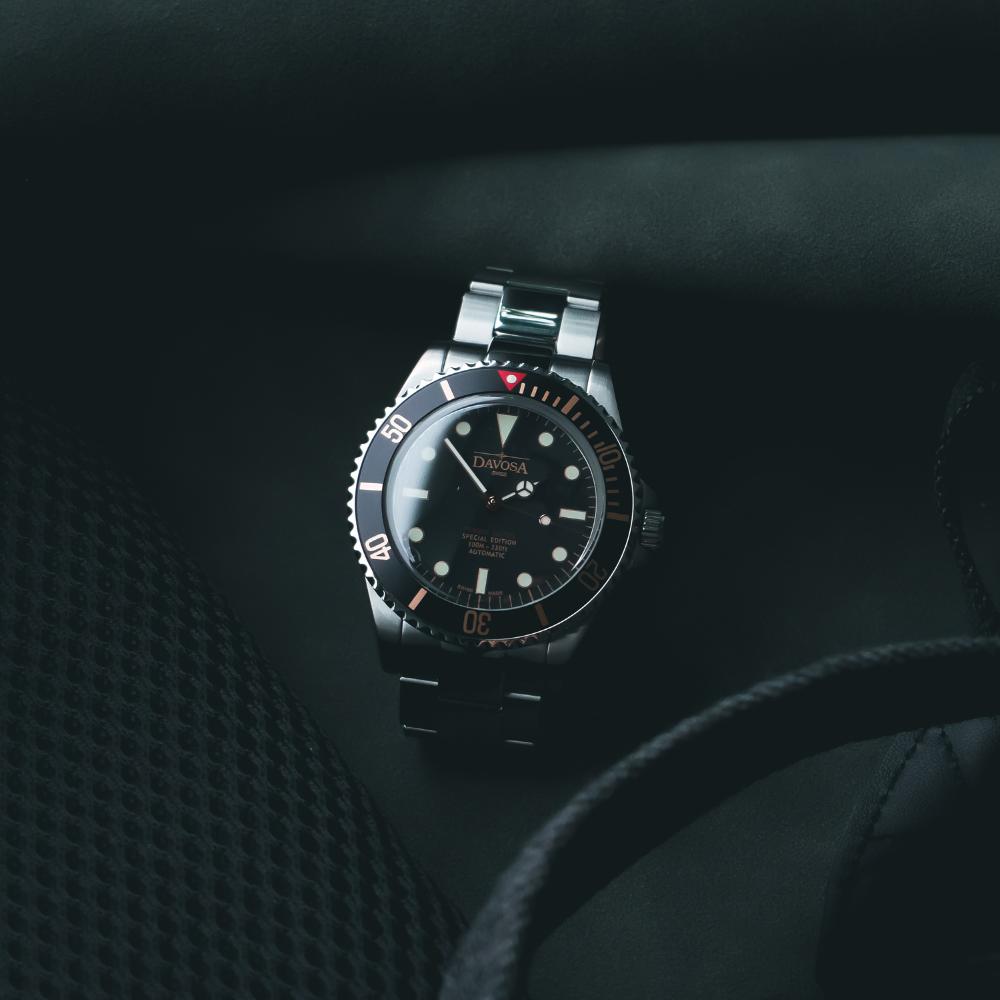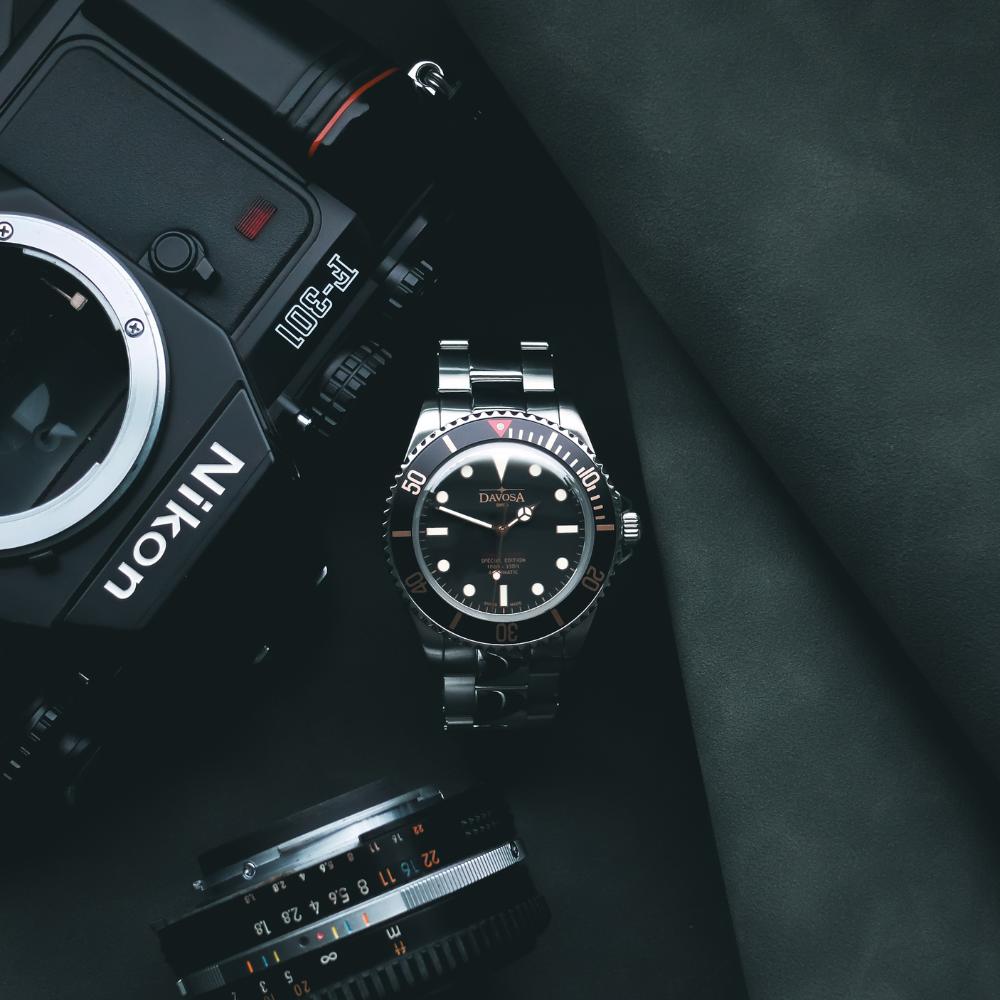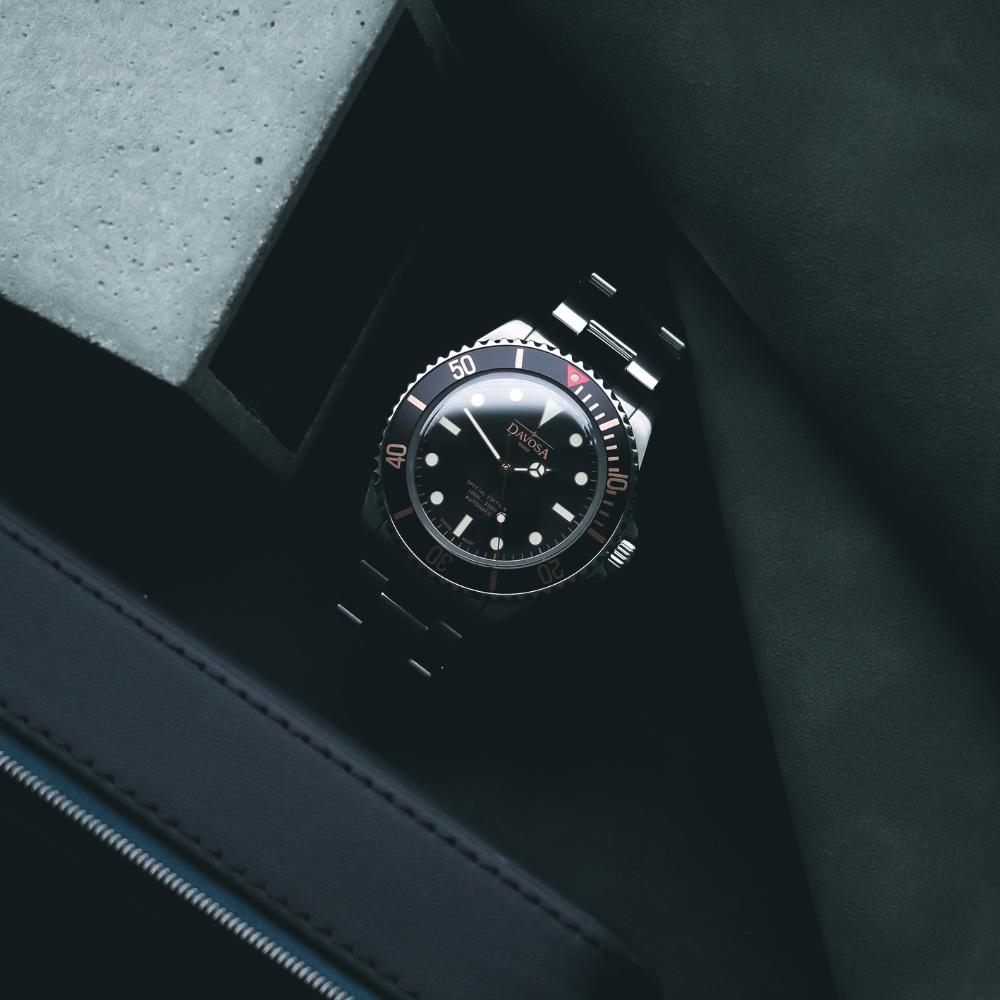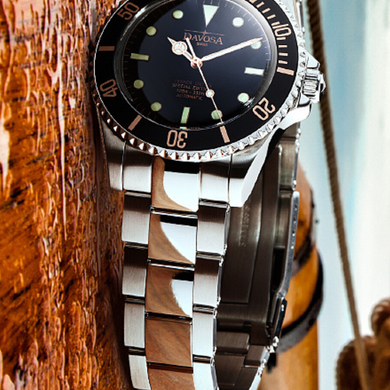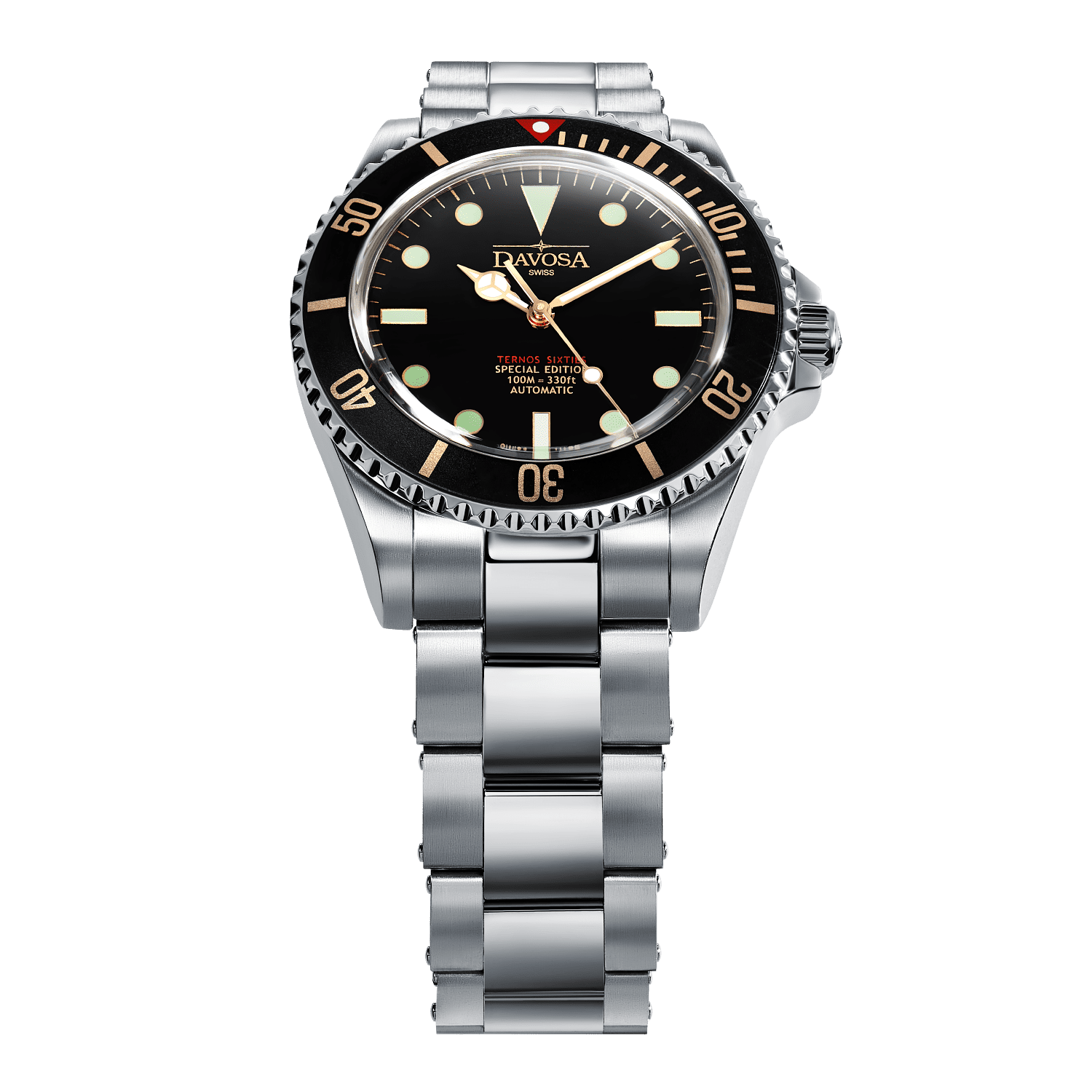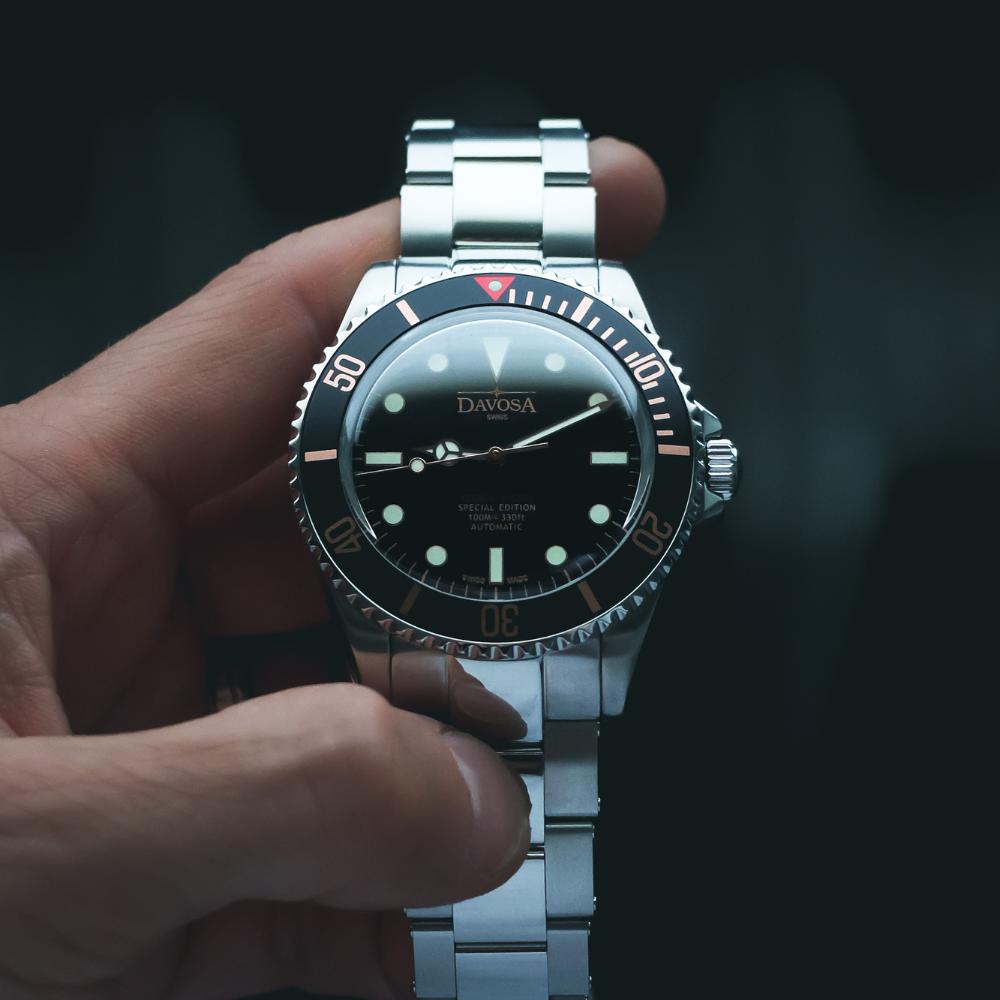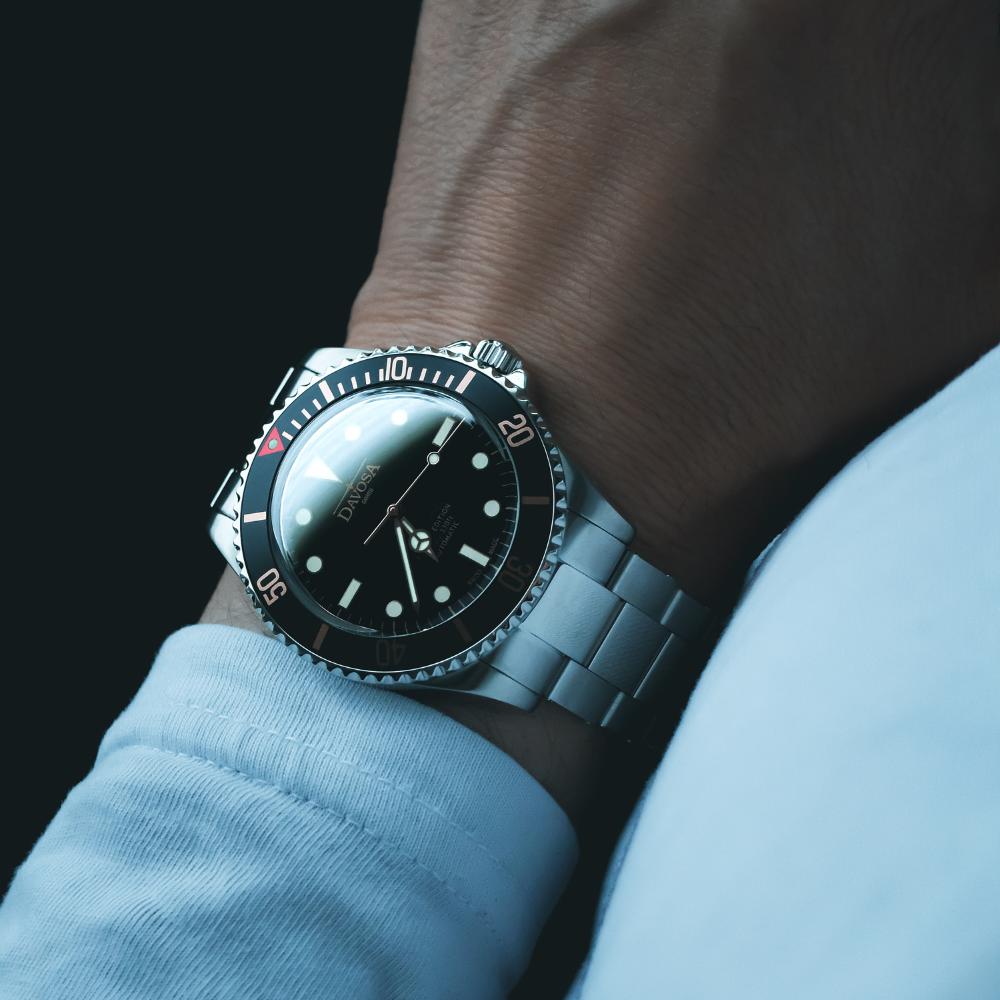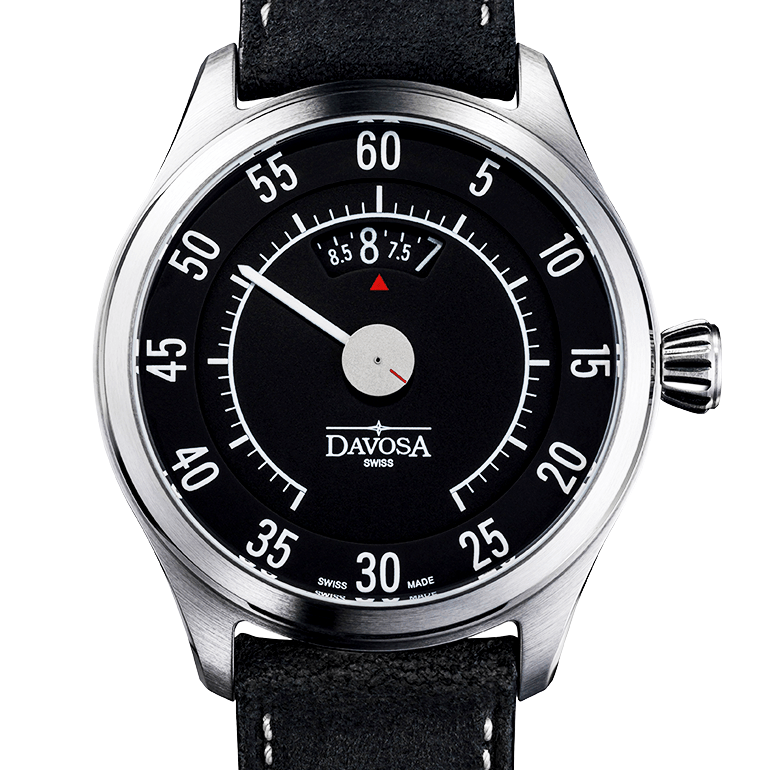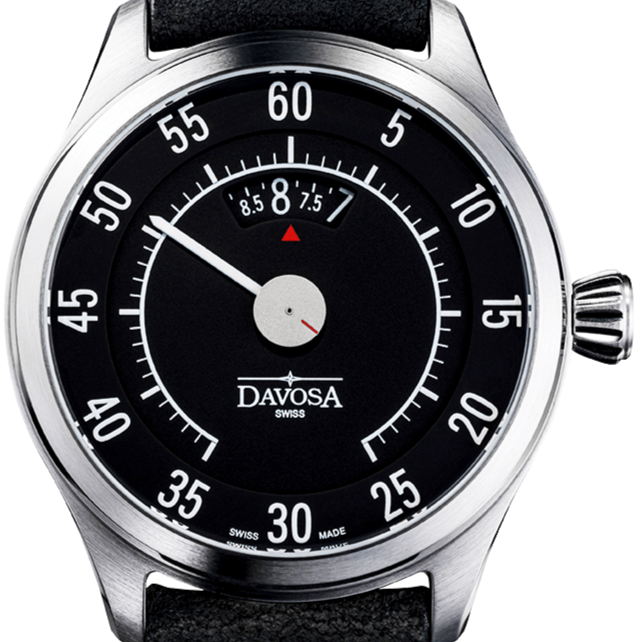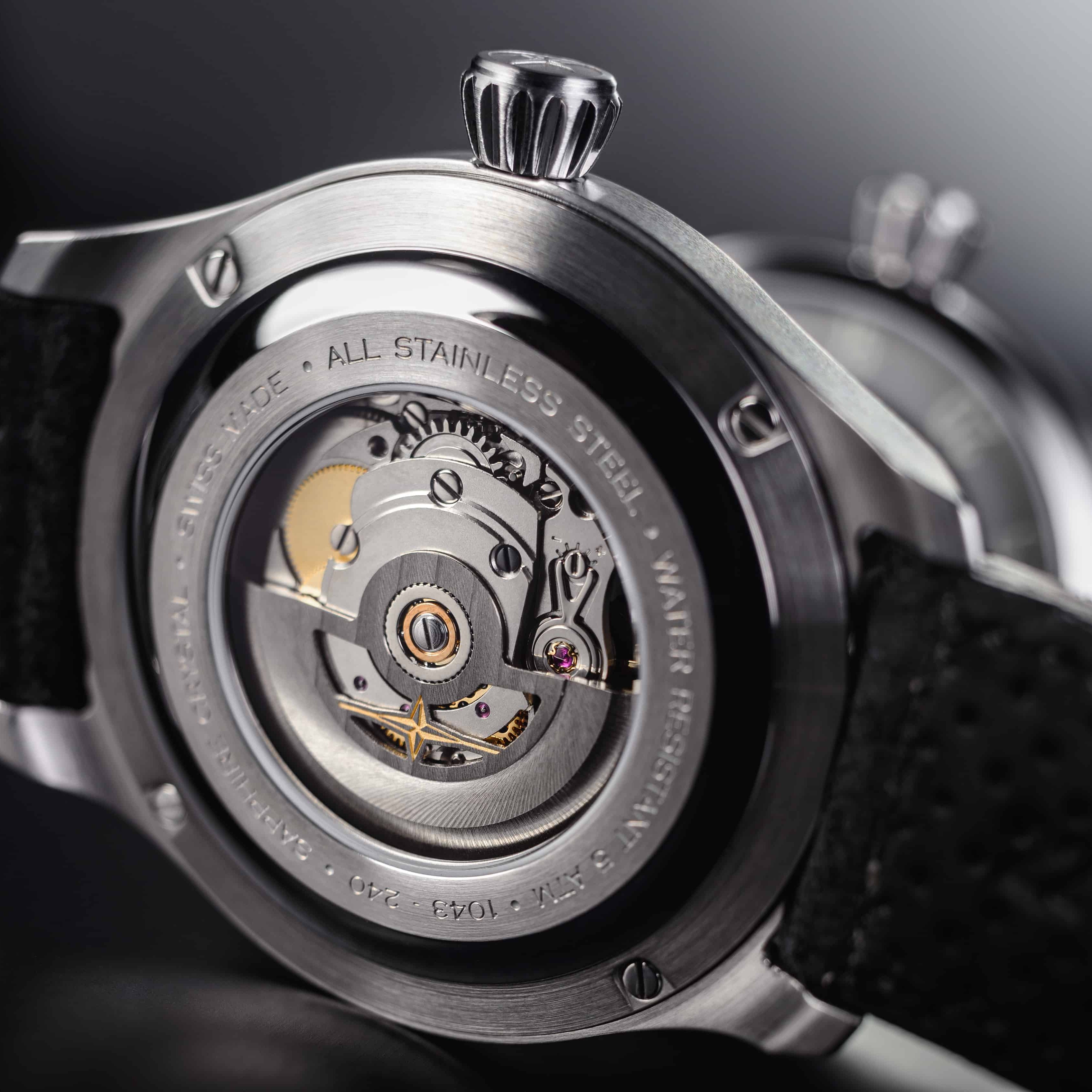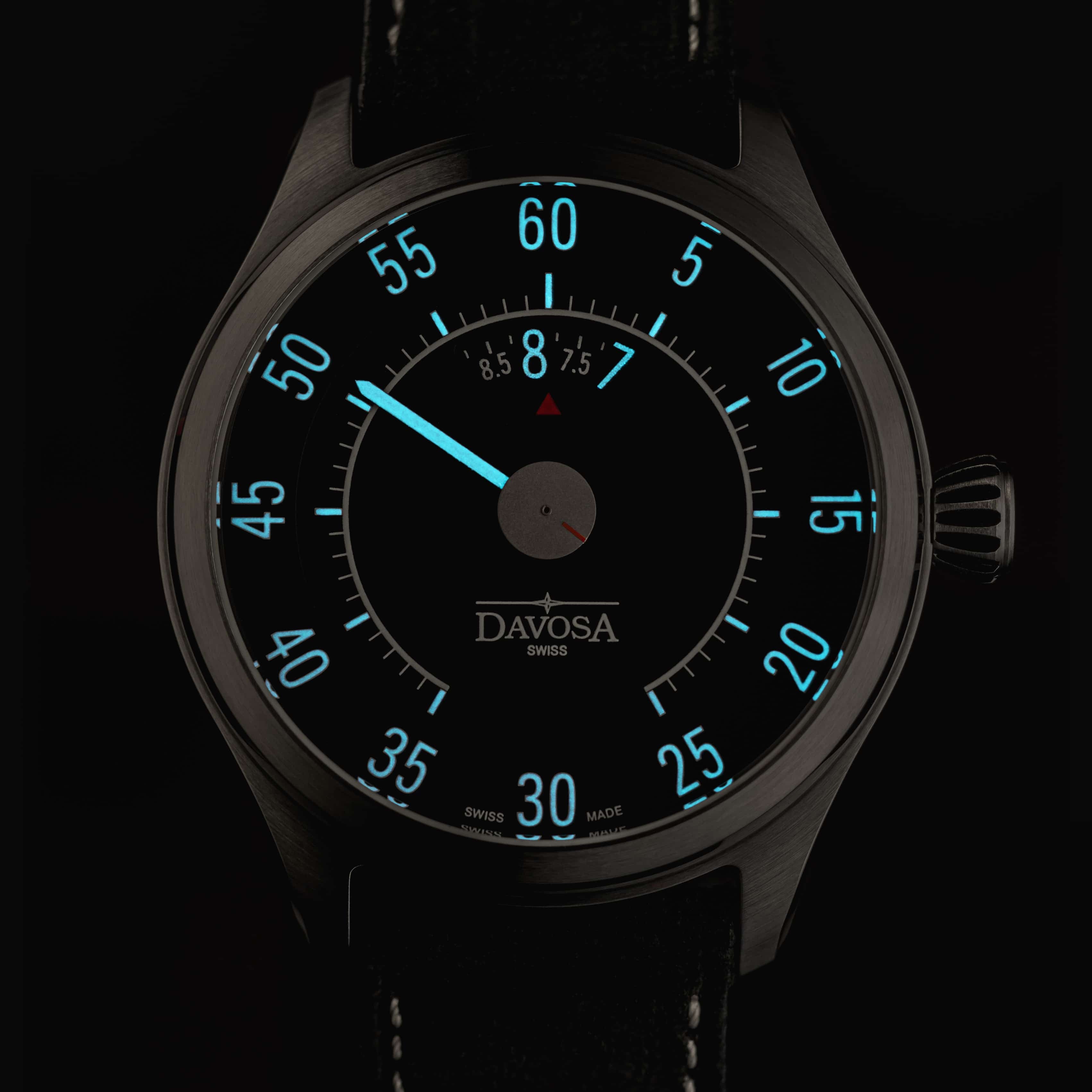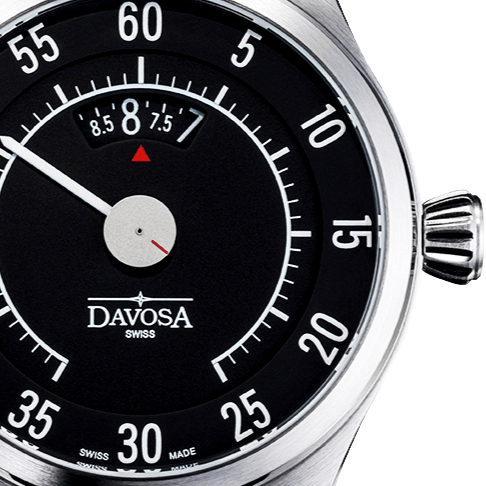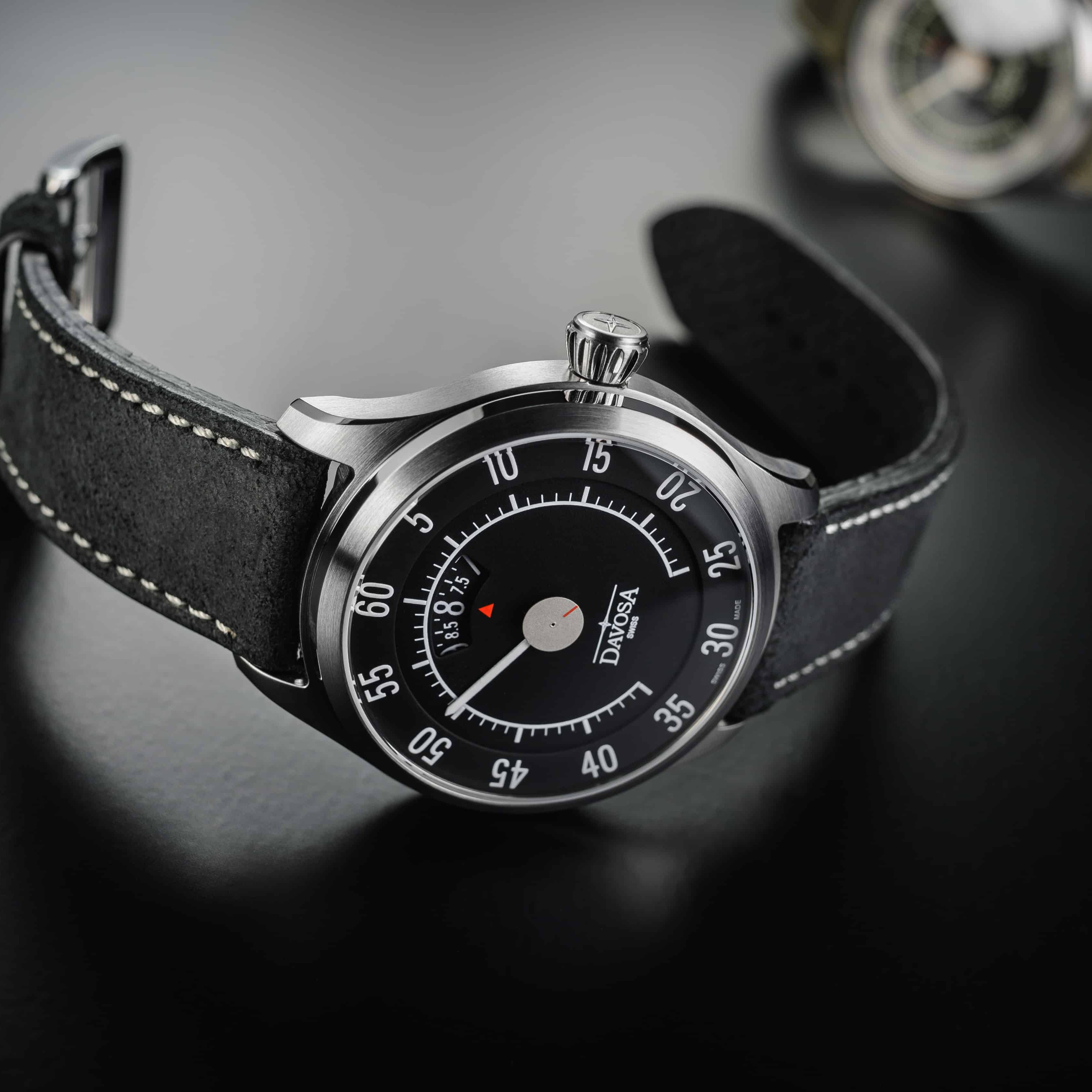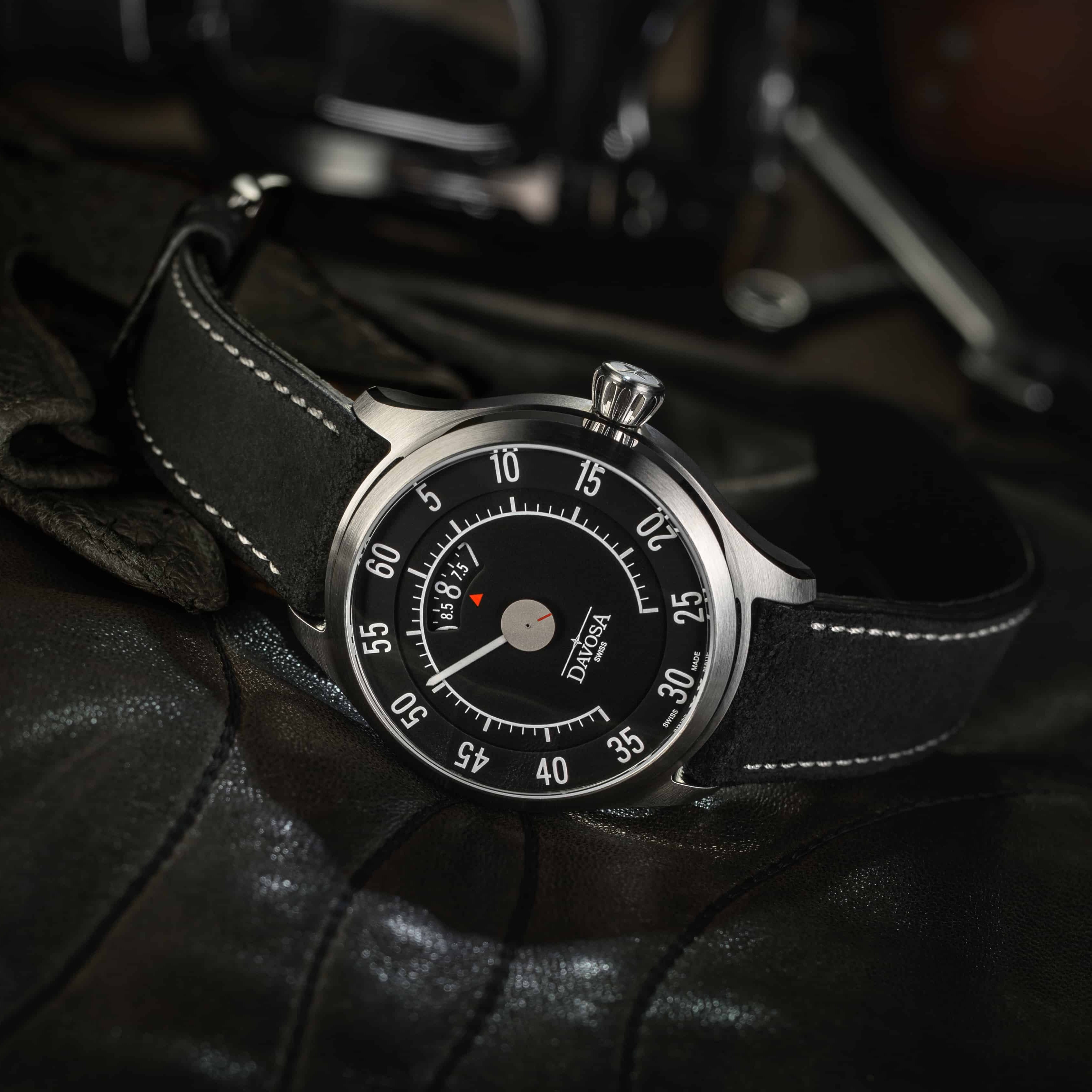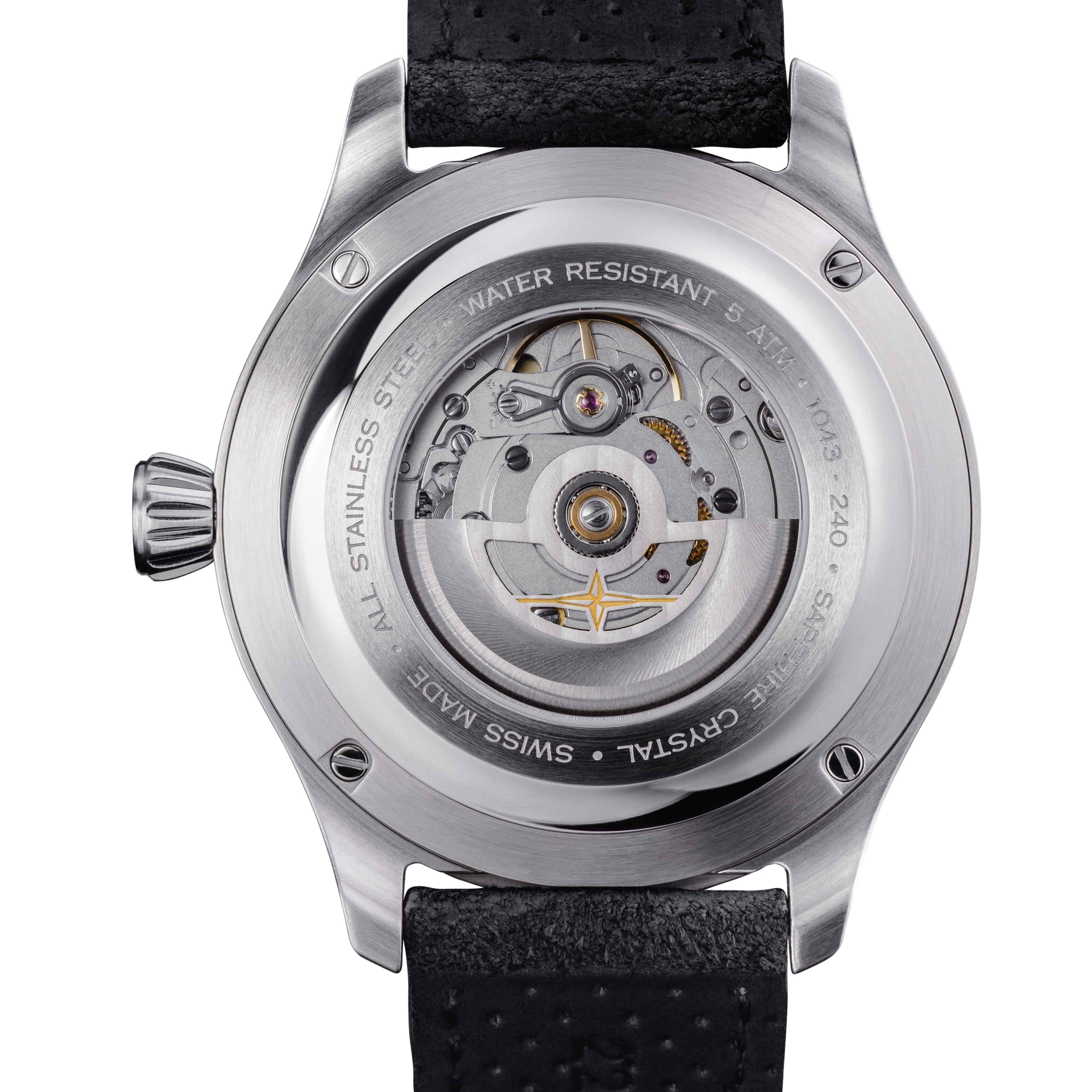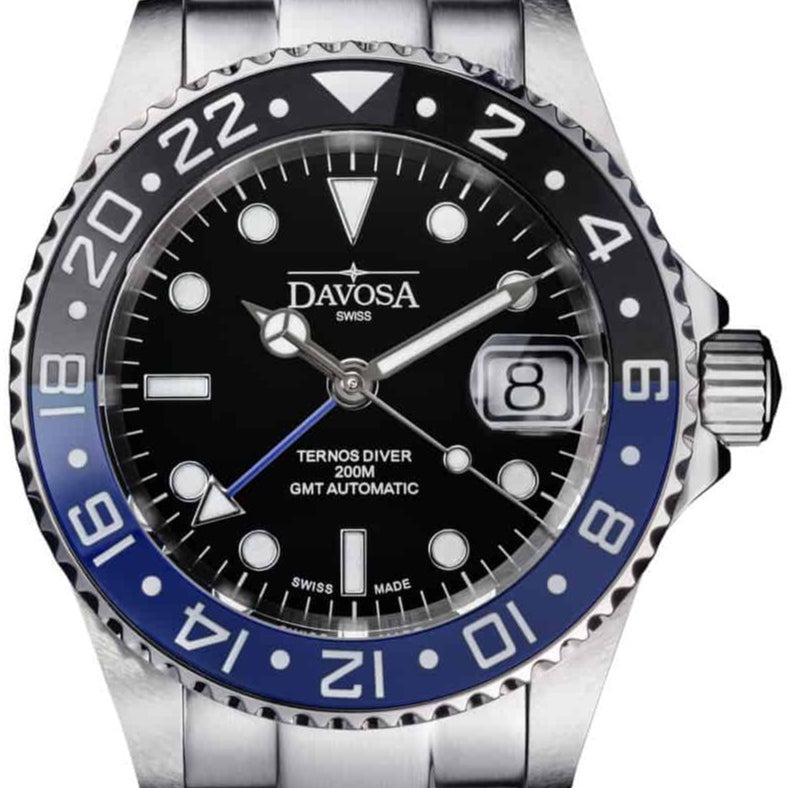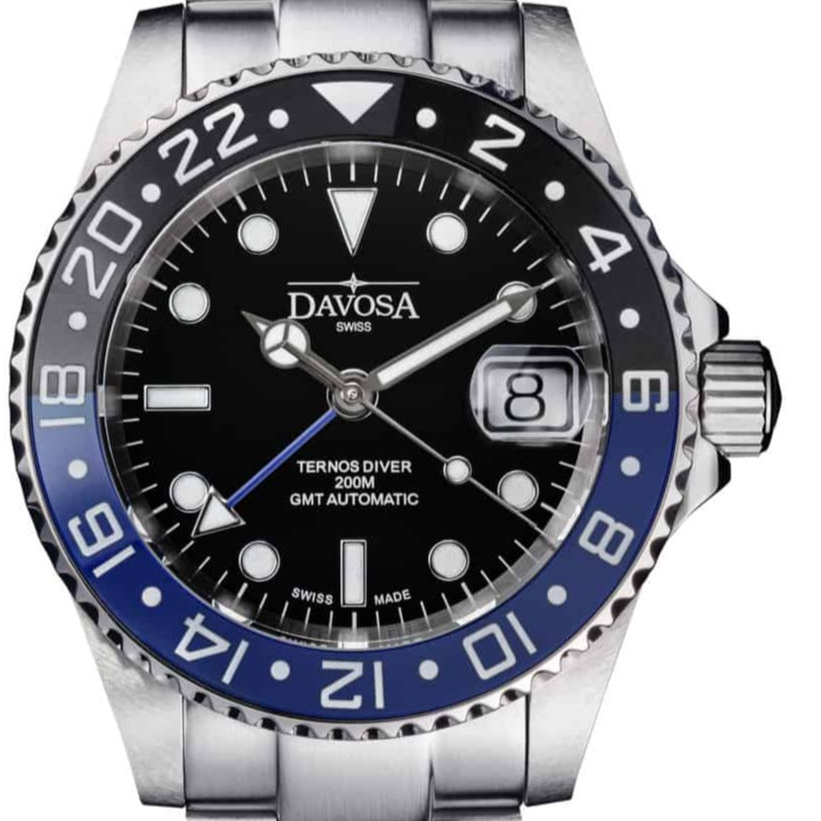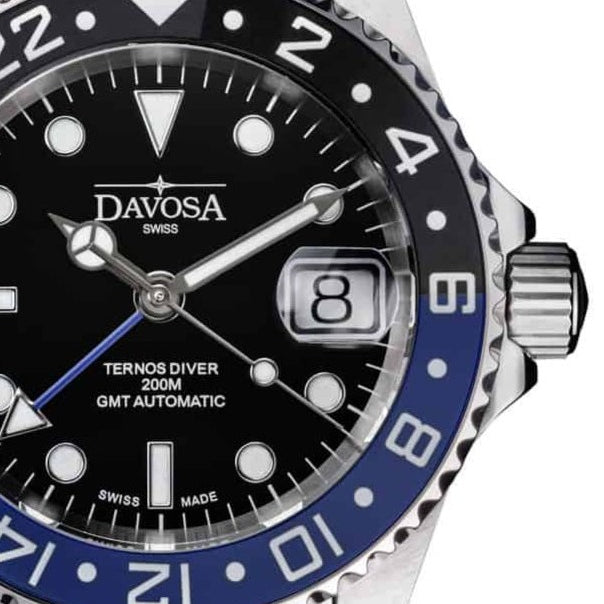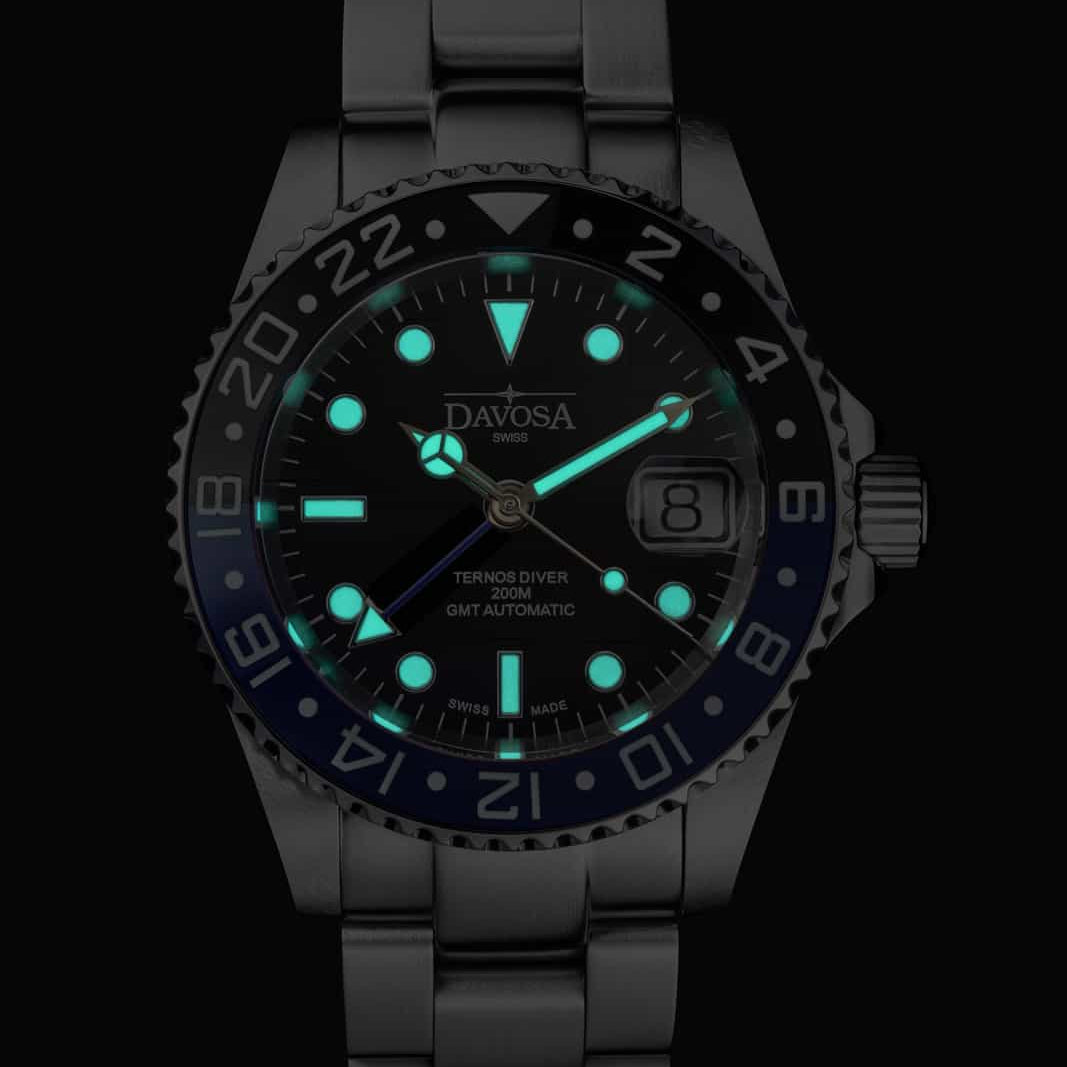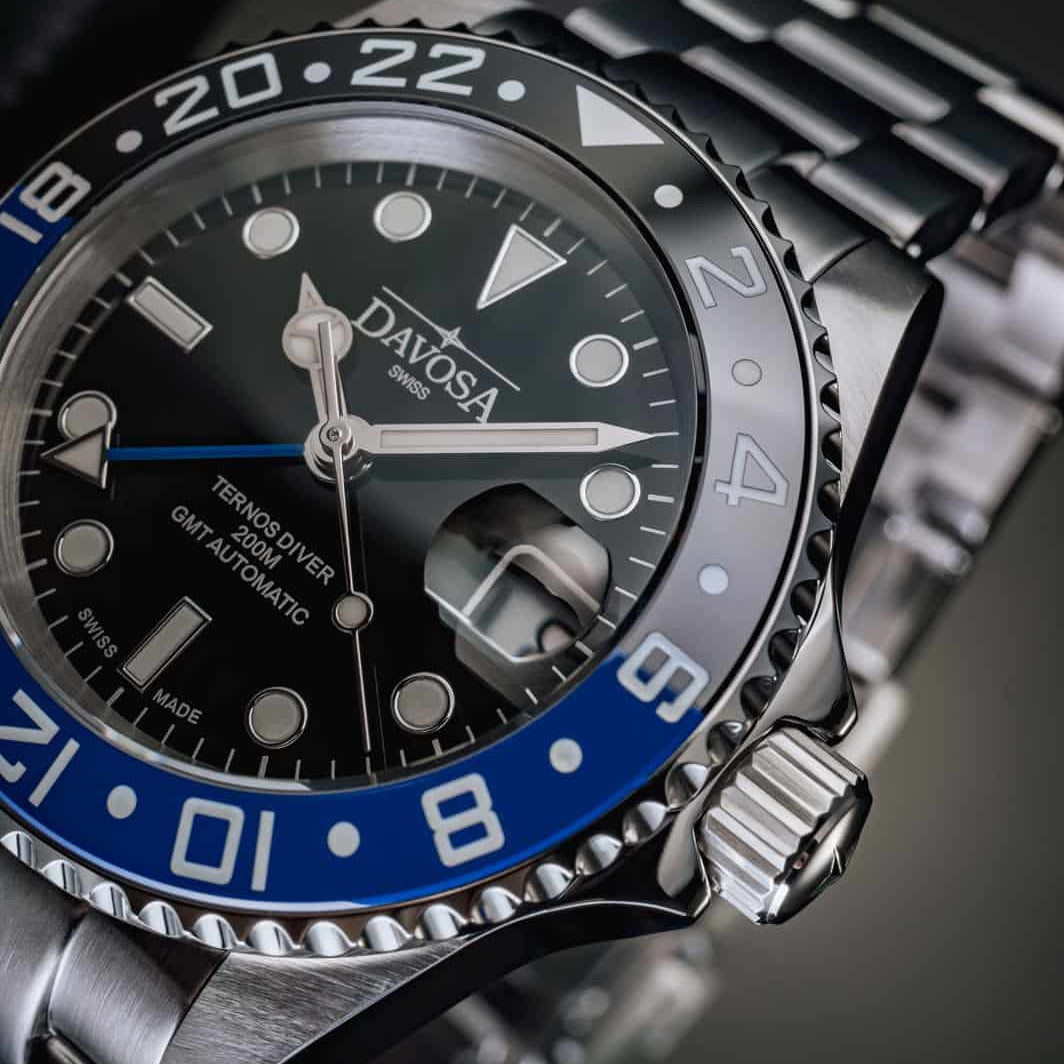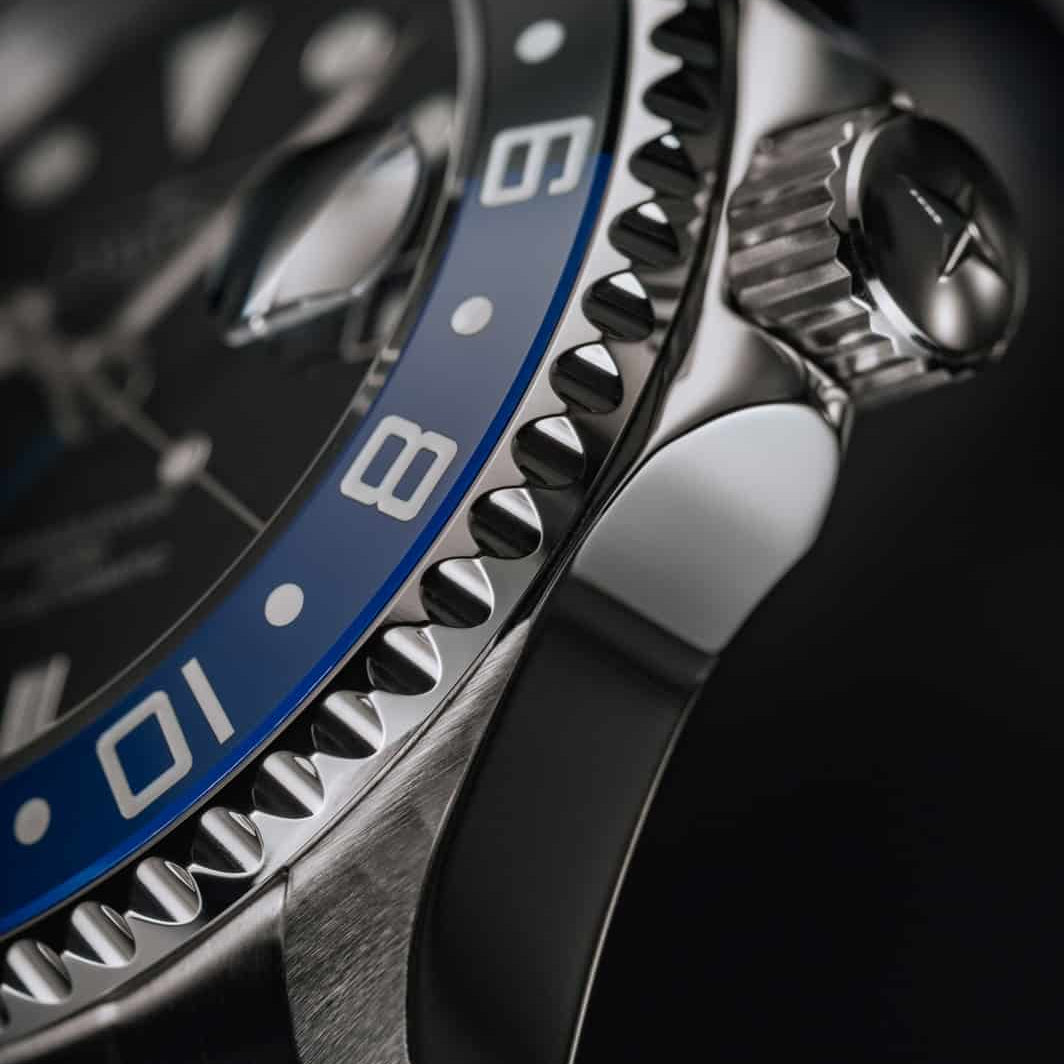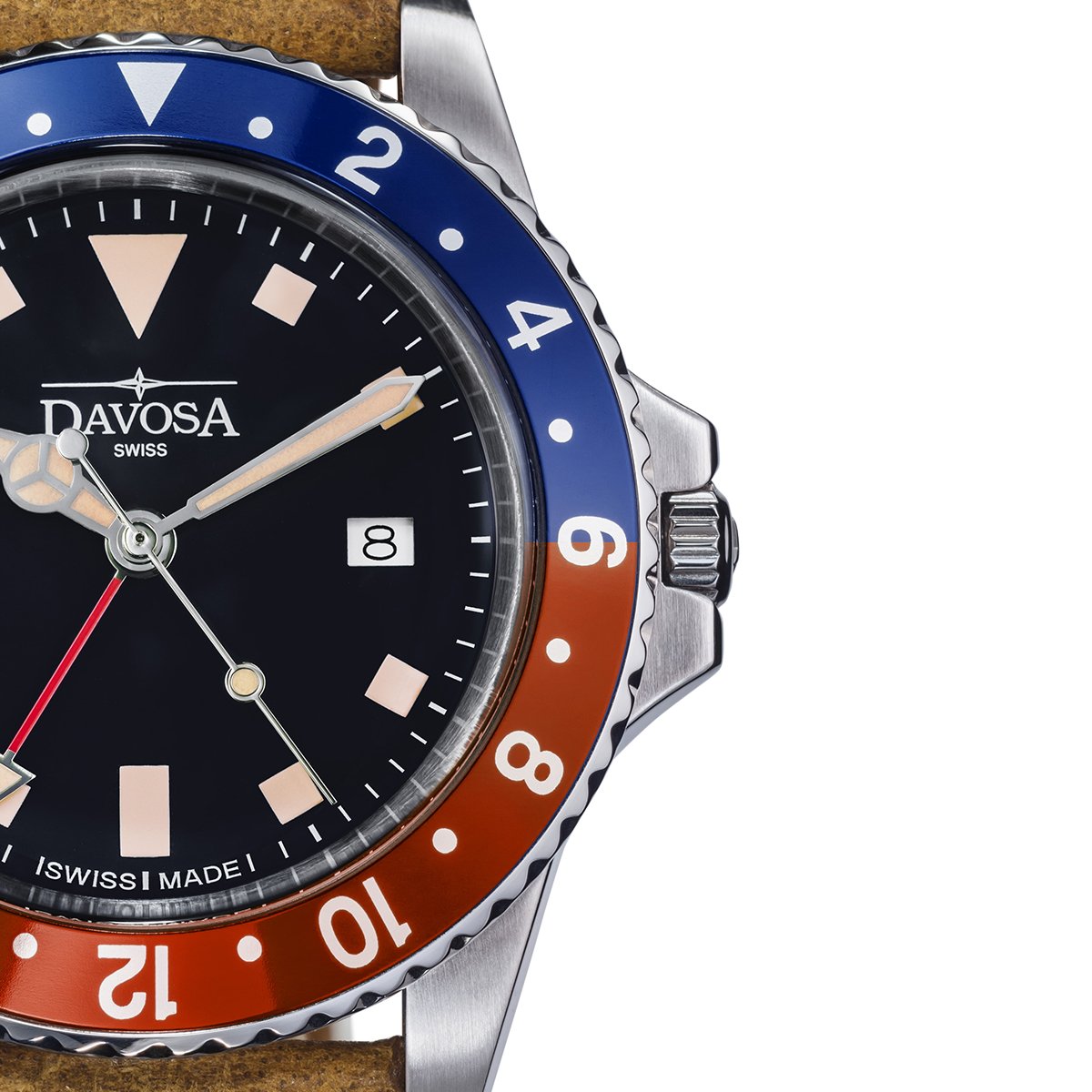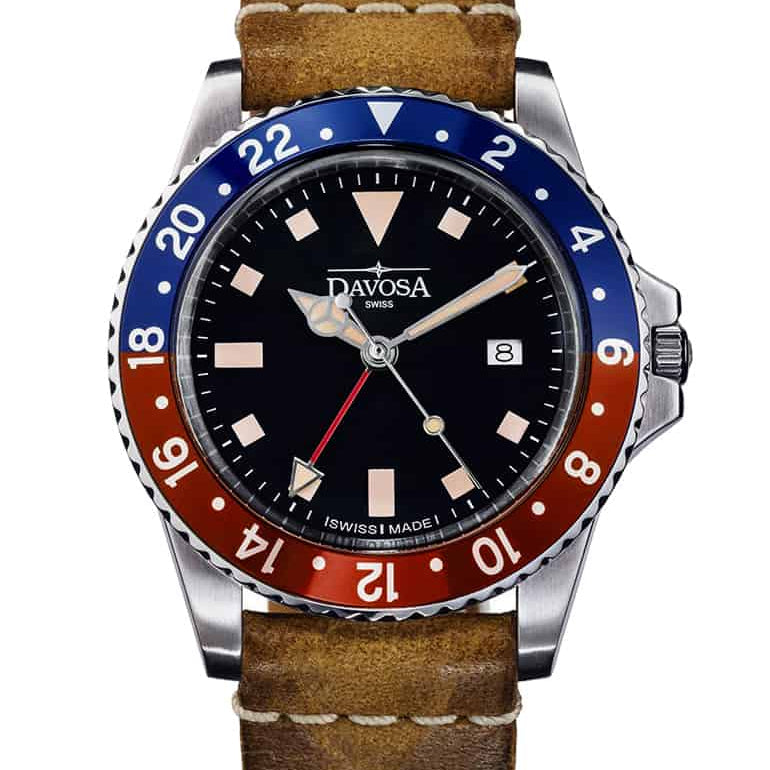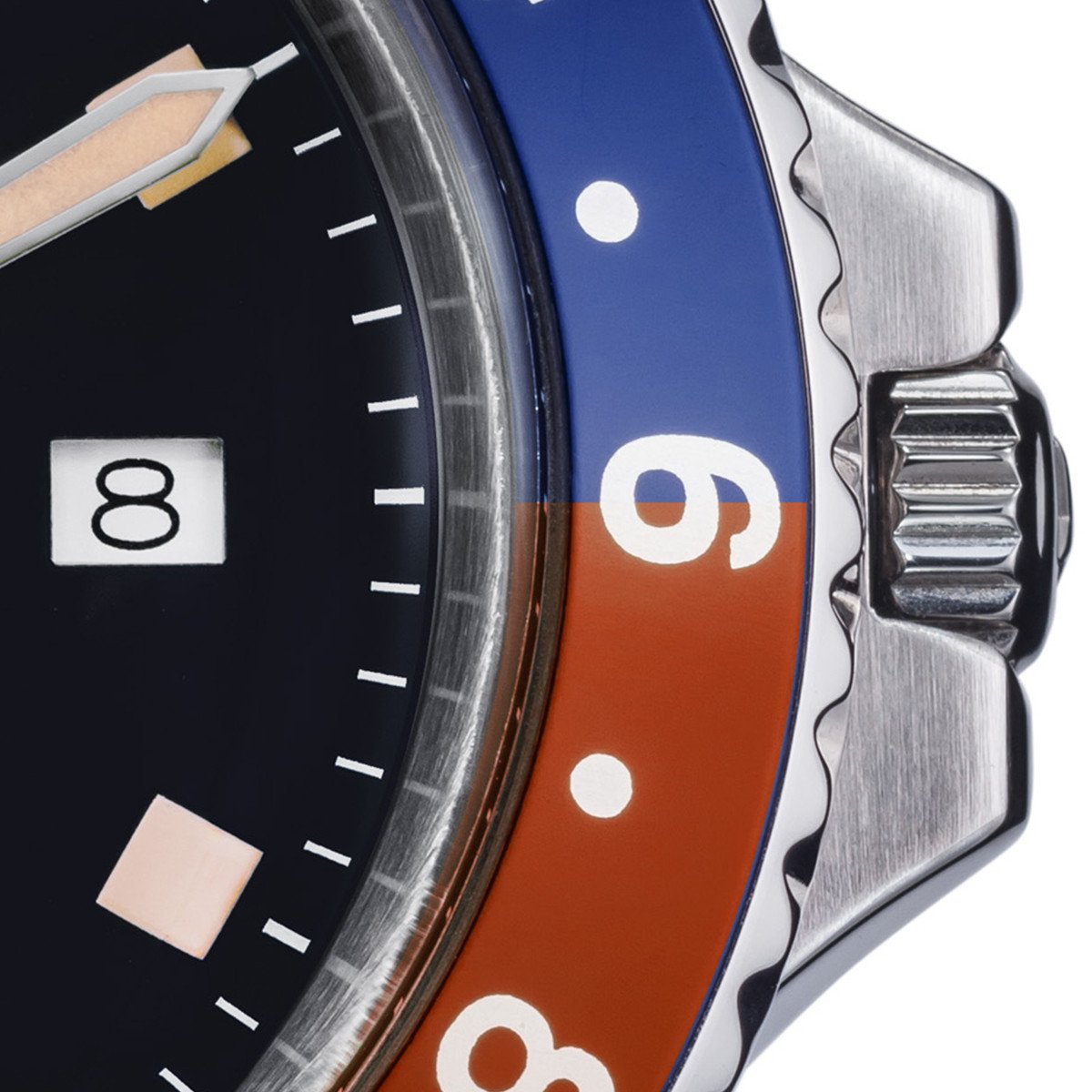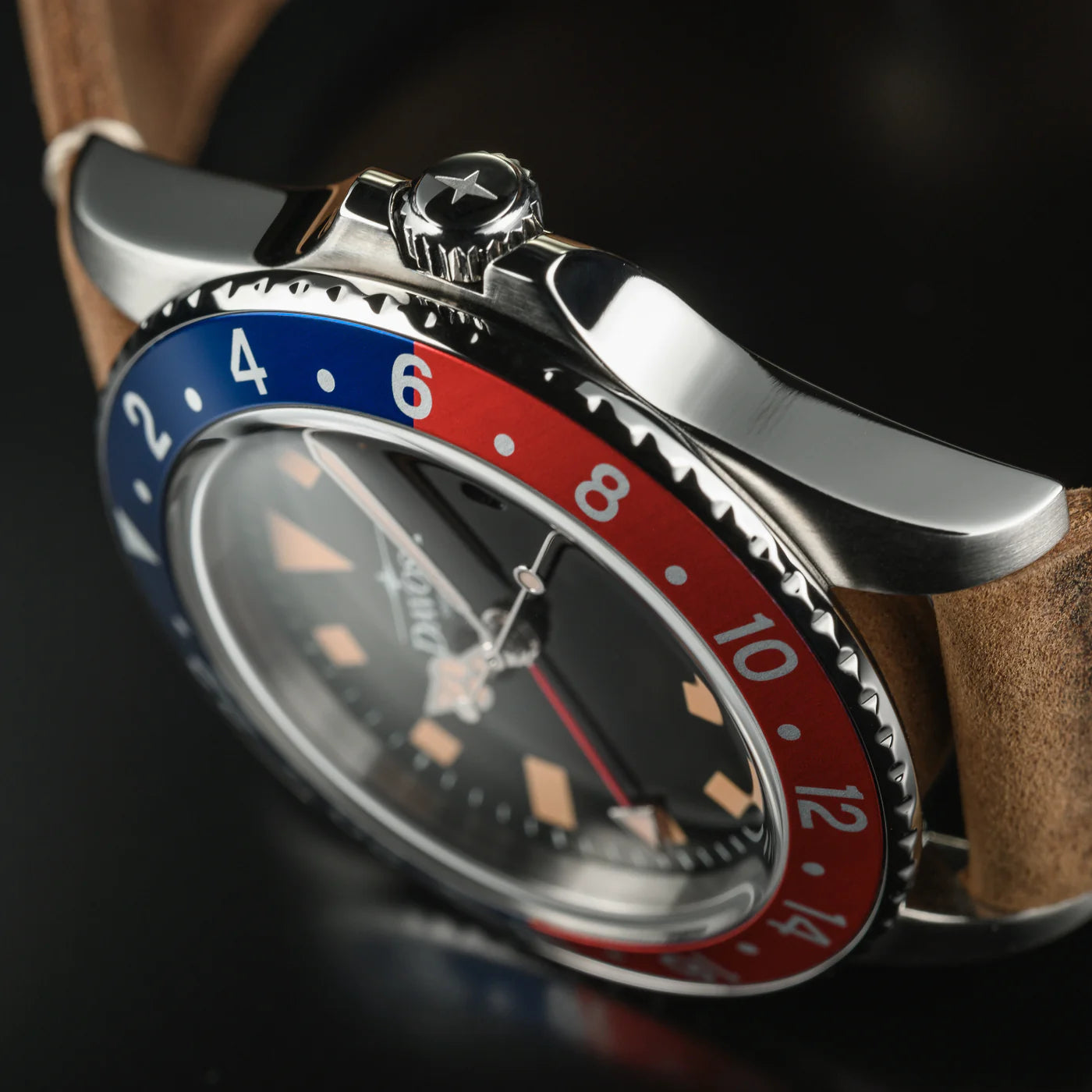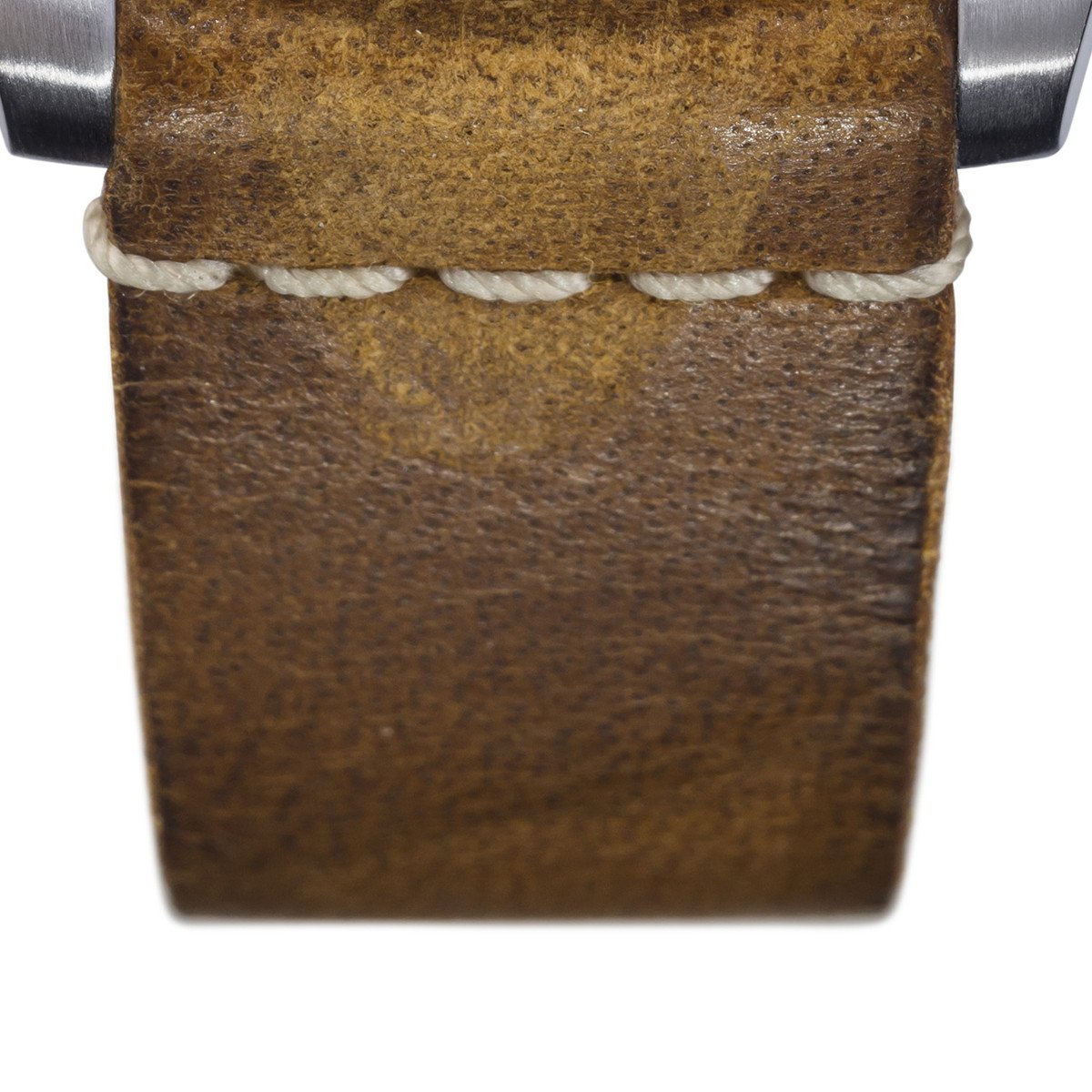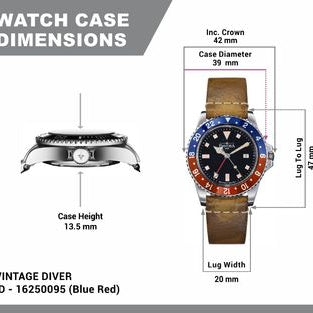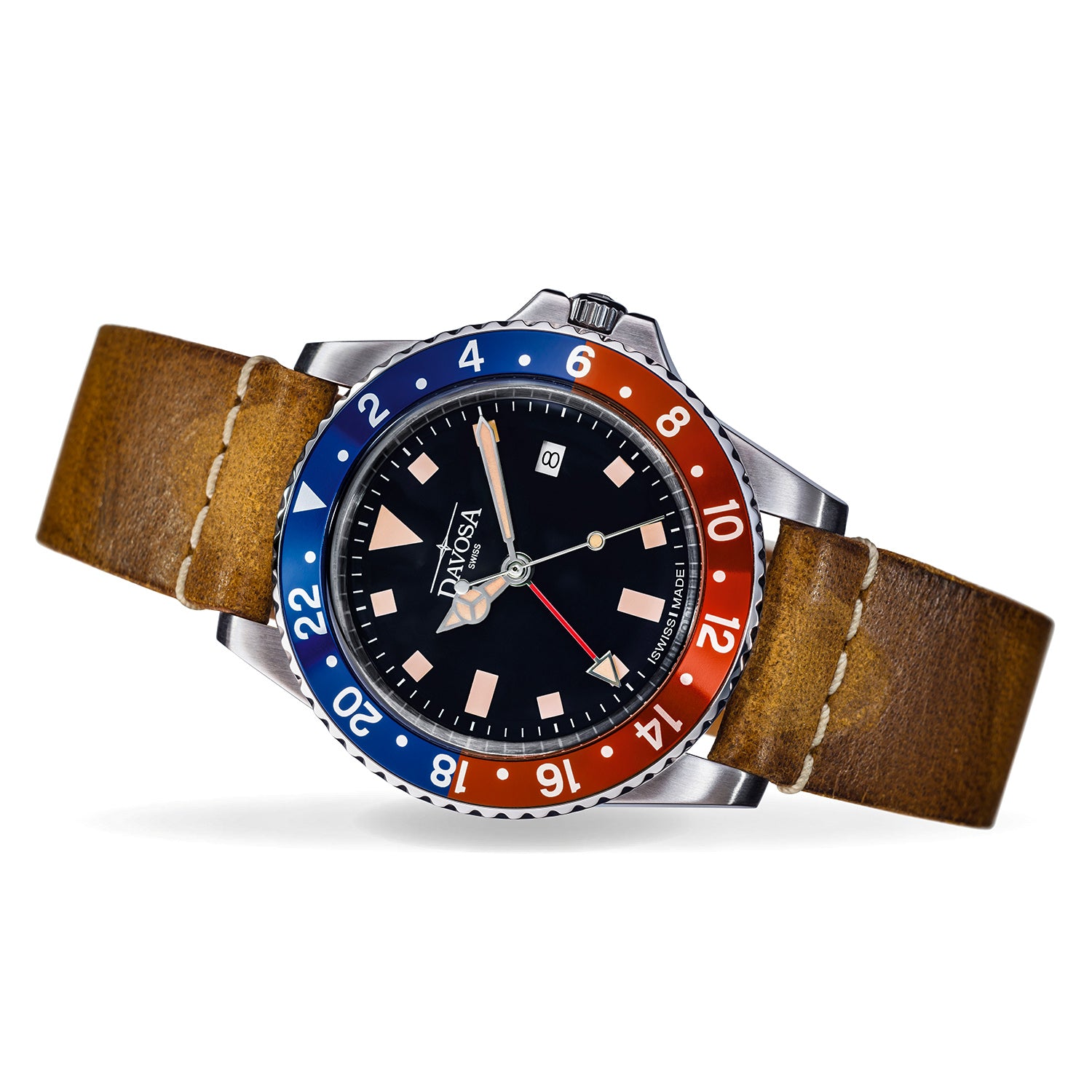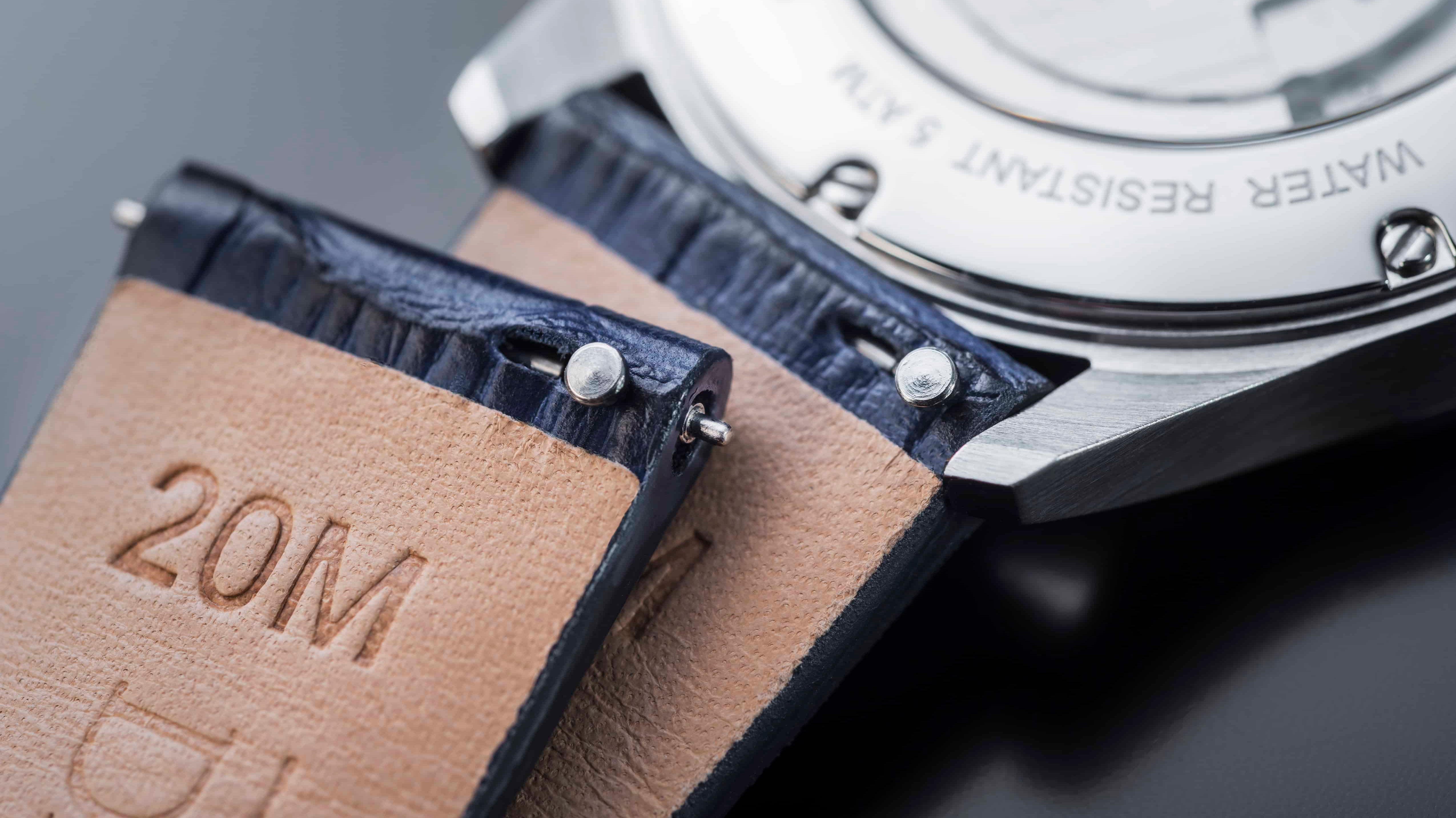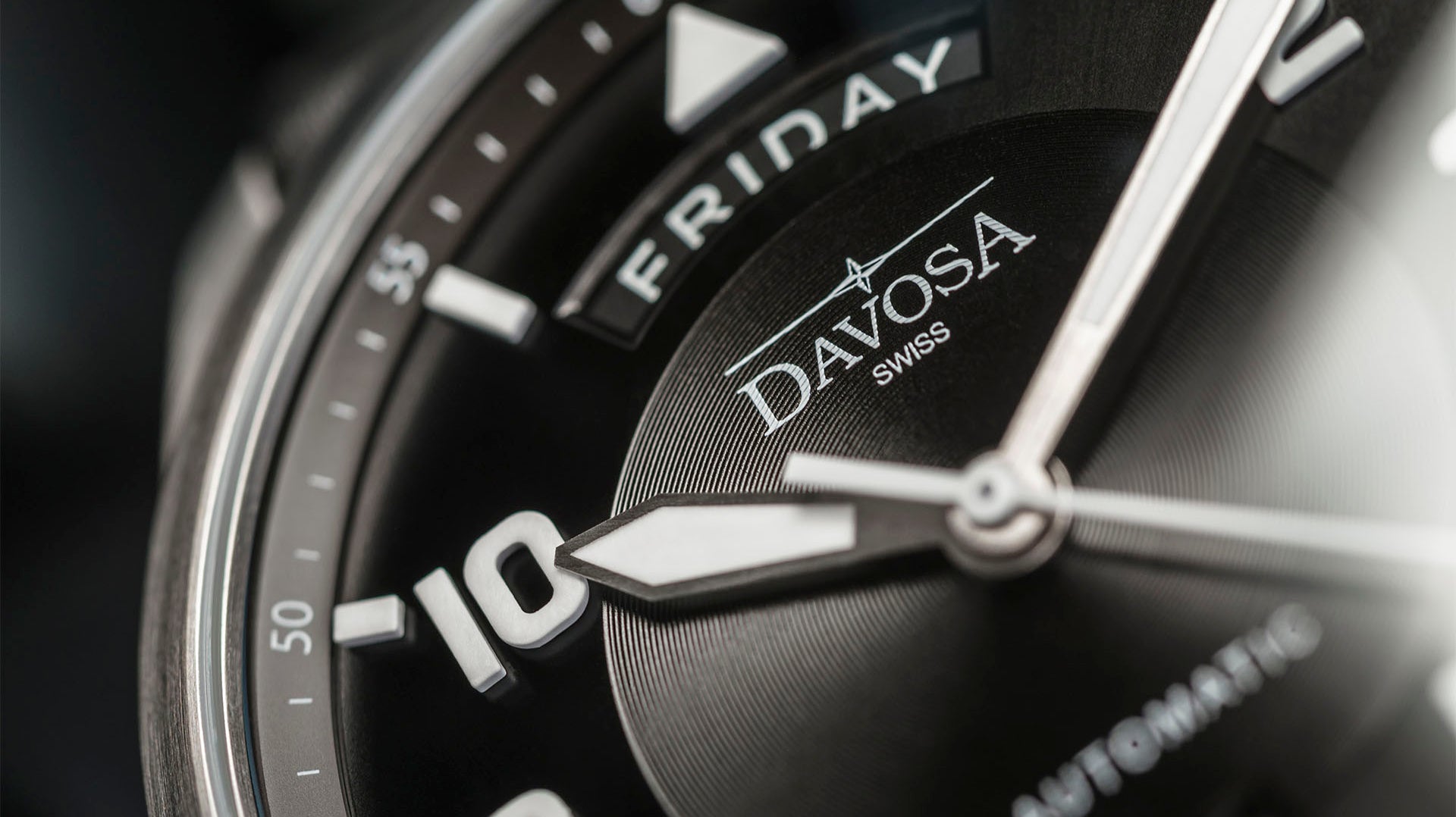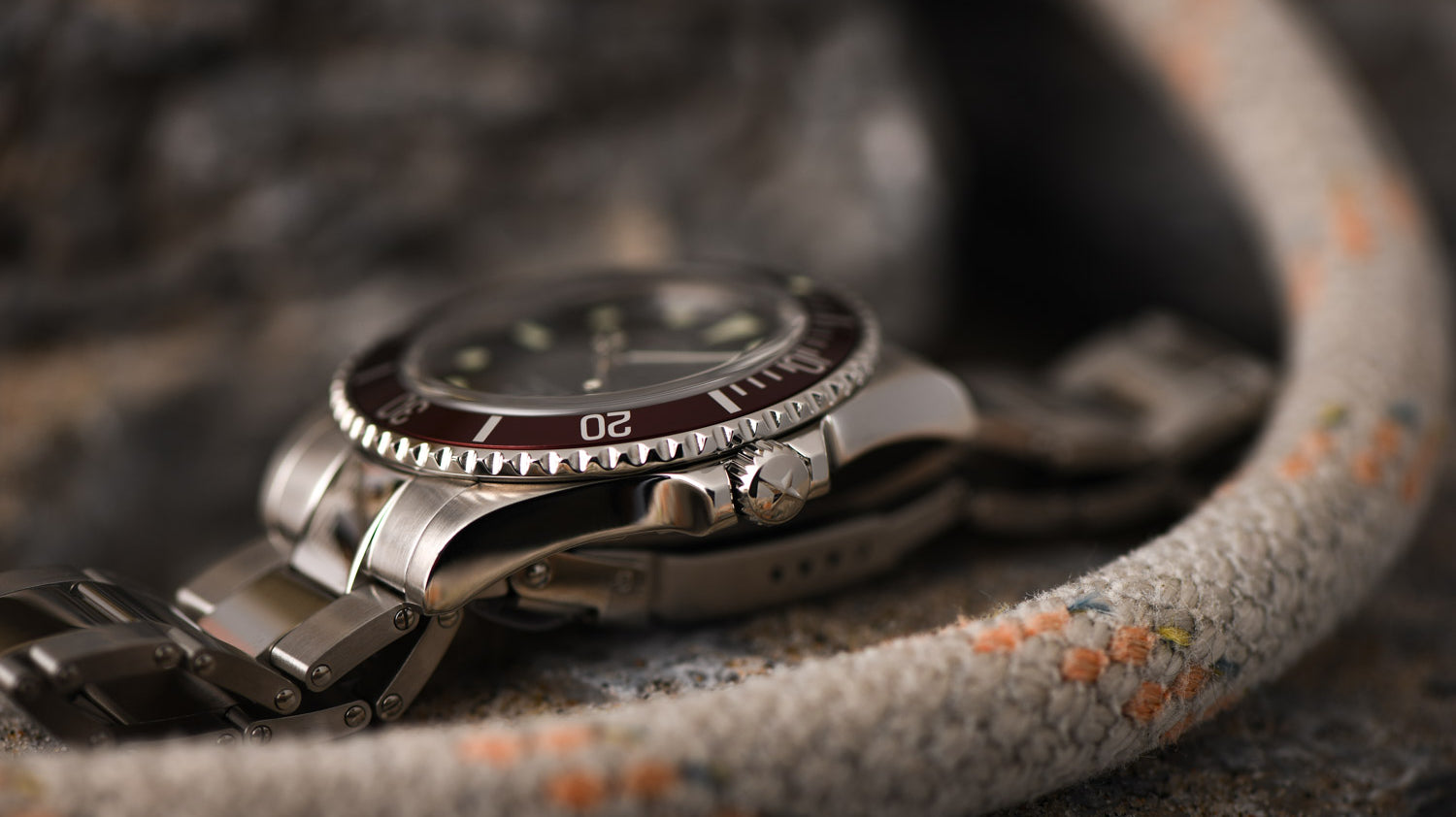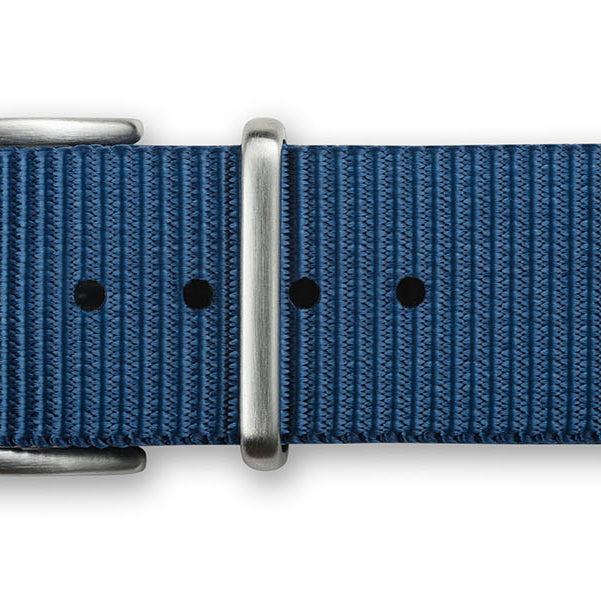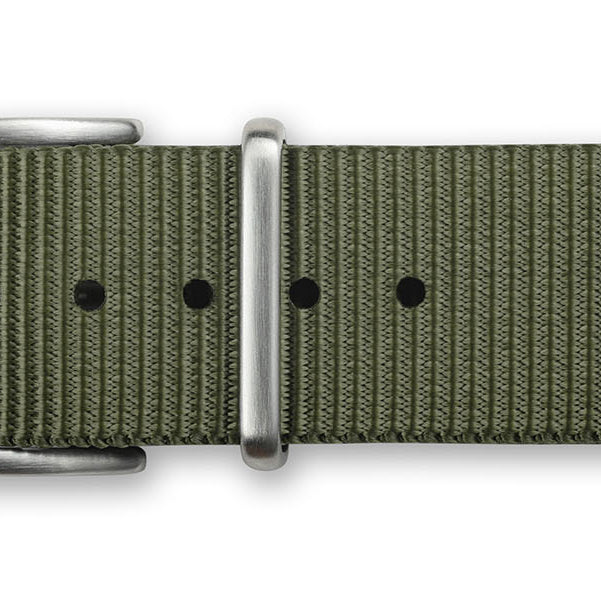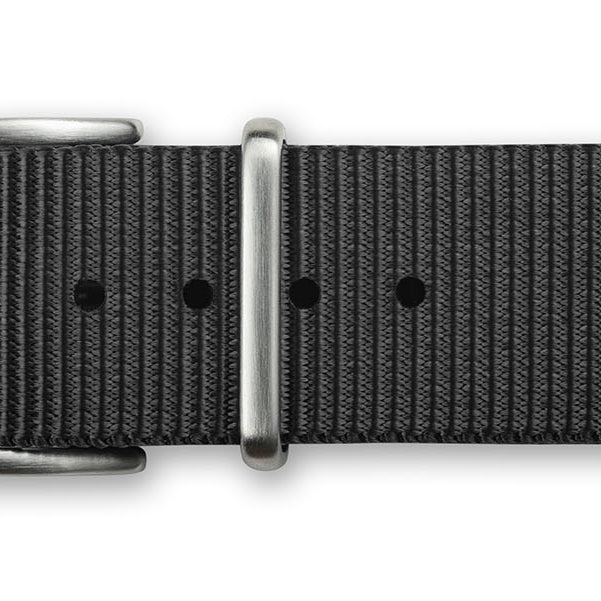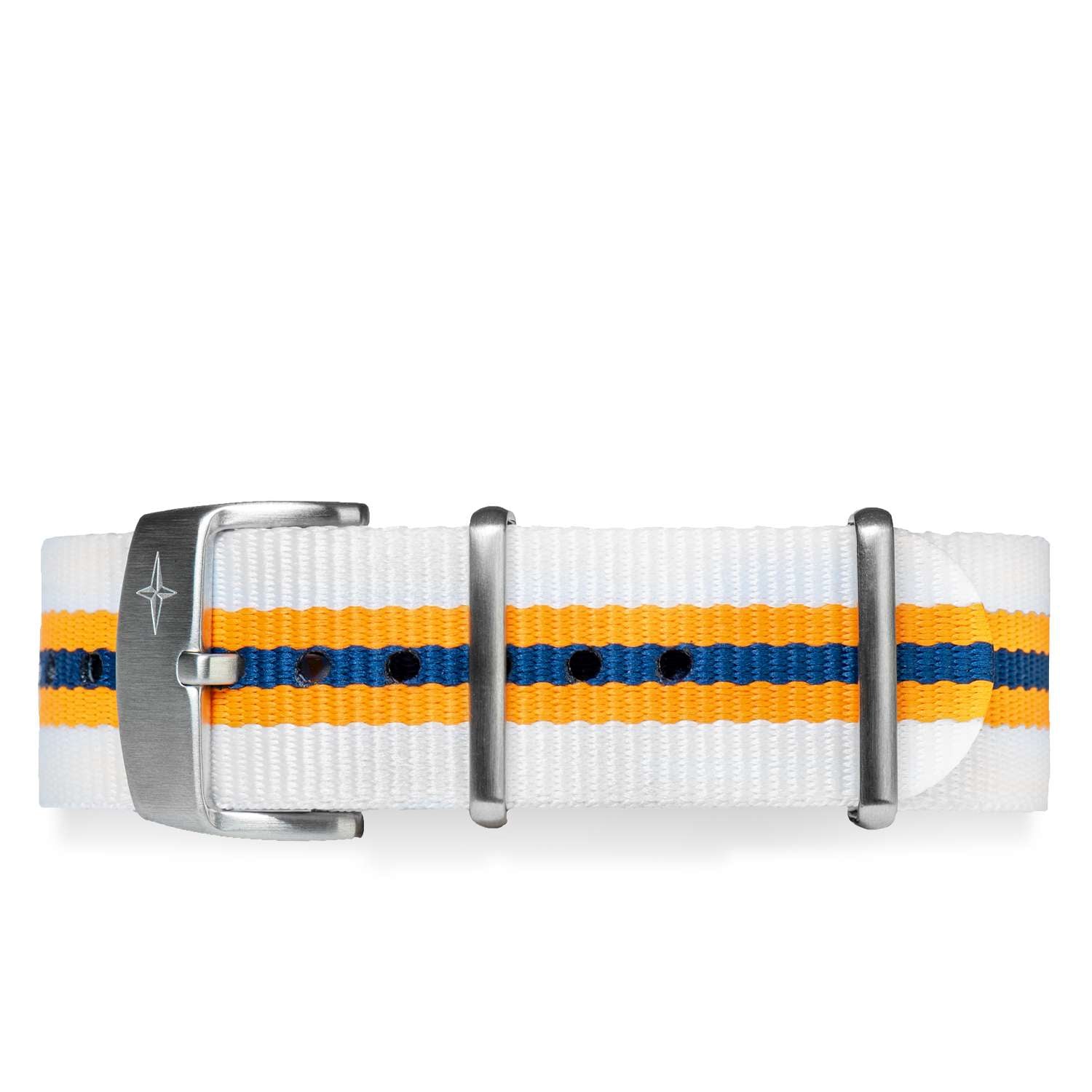One of the names that resound most often in the ears of watchmaking enthusiasts is undoubtedly that of ETA, the Swiss watch caliber giant that, for some 40 years, was the famous elephant in the room as far as supplying ebauches to the industry was concerned.
But as we shall see today, some 40 years after the 1980s, when ETA began its absolute dominance, the horological world changed radically. So let's explore the history of this exciting niche in watchmaking together.
What is ETA in watch movement?
A movement is the moving part of a watch that shows the passing of time. There are various types of movements: mechanical, quartz, or other types, but their characteristic feature, invented by a Parisian watchmaker called Lépine, is that they consist of a small self-contained module, which is then "encased" to make the watch.
The production of these movements, known as ebauches, was outsourced to specialized companies, which made and sold these movements to better-known brands.

Advertising page for Ebauches SA - image from Vintage Paper and Salvage's Pinterest
For various reasons, from the 1920s to the 1980s, a holding company known as Ebauches SA became a container within which most of the old movement manufacturers converged. And in the 1980s, ETA, which inherited them, was bought by the Swatch group, making it its flagship company for producing watch calibers that it used itself and also sold to other brands.
Are ETA movements any good?
The ETA company produces around five million complete movements, both quartz and mechanical, per year; its movements represent the standard of Swiss watchmaking - a veritable touchstone for all other movement manufacturers.
ETA movements are excellent, and the old debate Sellita vs ETA, while fun to view, comes to a substantial draw, as both makers manufacture industry-standard calibers. As a note, Sellita movements use old ETA designs, and this should signify something about their quality.
For example, the ETA caliber 2824, marketed by Sellita as SW200, is probably the most popular automatic watch movement used movement in mechanical timepieces in the Global West. Introduced in 1982, since its launch, it continues, even today, to equip millions of timepieces of all kinds and types. To understand how good these movements are, let's think of the caliber as the equivalent of a car engine. Well: this engine model continues to be produced for about 40 years without any fundamental changes to its architecture: only the materials continue to be constantly updated.
Considering this fact, it is obvious to anyone how good these mechanisms are: if they had not been, we would have very different ones today. So, if you find out that the watch you have just purchased contains an ETA 2824 movement, don't feel fooled! The presence of such a caliber means quality and sturdiness, and moreover, you will always find suitable spare parts and professionals who know where to put their hands to repair it if something goes wrong. Not bad at all, we would say!

The headquarters of ETA in Grenchen - image from agneselect.com
Where is ETA movement made?
ETA movements are made in Switzerland. And this condition is essential if the watch displays the "Swiss Made" mark. In fact, Swiss law is stringent in this regard, stipulating what characteristics any clock bearing this designation of origin must have, and the rules to be followed are much stricter than those adopted by the EU.
To use this label, a watch must mount a movement made in and assembled in Switzerland. And that is why ETA builds its calibers in Switzerland, in its various factories inherited from the movement factories that merged into the Swiss giant. The company's headquarters are in Grenchen, but its production units are located mainly in the Vallée de Joux and the Canton of Ticino.
What is the most accurate ETA movement?
ETA movements are typically produced in four different grades, or levels of elaboration and finishing, which concern, beyond appearance, mainly the components: base, elaboré, top, and chronometer. The highest grade, the chronometer grade, offers the best performance since it meets the stringent requirements set by the COSC, namely a daily deviation of -4/+6 seconds for mechanical watches.
In addition, many of the brands in the Swatch group, even the most prestigious ones, use, if not the movements produced by the Grenchen-based company. This is, for example, the case with Omega, which mounts calibers in its most accurate watches that have much in common with those produced by ETA.
How often does ETA movement need service?
All watch manufacturers recommend service intervals of at least five years, and some have even extended this warranty interval to ten years. However, we can say without fear of contradiction that these recommendations are highly conservative. Especially in vintage, it is often the case that we see watches that have never seen a workshop for twenty or thirty years and that continue to do their job admirably - and many times, they are animated by ETA calibers or by movements from companies that over time have merged with ETA.
By this, however, we do not mean to say that we disregard the directions of the production houses: we only mean to say that many of these movements are so well made that they survive even situations far beyond their theoretical possibilities.
A practical example is the ETA/Peseux caliber 7001. Derived from other earlier calibers, which shared its robust simplicity, ETA introduced this caliber in the 1970s, and it continues to this day to animate watches of all kinds and types, either directly or through its re-engineering into movements used by other brands, e.g., Baume et Mercier, Blancpain, and NOMOS Glashutte. Which tells much about a manual-winding or automatic watch timespan, if it is designed with quality in mind.

The Valjoux 72 chronographic movement - image from revolutionwatch.com
Which brands use ETA?
We'll tell you a secret: even His Majesty Rolex has used an ETA-made caliber in its history. It was a reworked version of the Valjoux 72 chronograph caliber, which it used for several years in the Daytonas. This was a hand-wound chrono caliber that was produced from 1938 to 1974 and whose design was derived from the Valjoux caliber 23, dating as far back as 1914!
Among the best-known brands that have used this caliber are Breitling, Universal Geneve, and TAG Heuer, but there are many lesser-known ones - it is believed that at least 16/18 different brands have used this movement. Moreover, this is one of the practical examples of the Swiss mode of production known under the name "etablissage:" the making of timepieces by combining elements produced by specialized suppliers.
Despite what is often believed, many houses resorted to etablissage, including Patek Philippe, Audemars Piguet, and Vacheron Constantin, which often purchased their calibers from other manufacturers: among the most famous is Jaeger LeCoultre, which has been nicknamed "the watchmaker of the watchmakers" because of this feature.
Similarly, ETA movements have equipped the watches of a great many brands, from the most famous to the most esoteric, and have done so for a great many years: suffice it to say that although ETA was founded in 1856 by Urs Schild, some of the brands that came into it, such as FHF, Fabrique Horlogere de Fontainemelon, date as far back as 1793. It can be said without fear of contradiction that ETA movements, in one way or another, have moved the entire Swiss industry!
Main Takeaways
Without delving too deeply into the history of Swiss watchmaking, in which ETA played a significant role, we must recognize that the effects of its purchase by the Swatch Group are still felt to this day, and its fundamental presence continues to influence the entire Swiss watchmaking industry.
But this does not affect the most important fact for those who use watches daily: ETA calibers for some 50 years have meant quality at a fair price. And that probably, without ETA, the Swiss industry would not be where it is today, which is the world leader in this industry we appreciate so much.
__________
The Davosa-USA.com website is NOT affiliated in any way with Audemars Piguet, Franck Muller USA, Inc. Richard Mille or Richemont Companies, Seiko, or any other brand which is not Davosa Swiss. Rolex is a registered trademark of Rolex USA. Davosa-USA website is not an authorized dealer, reseller, or distributor for Rolex and is in NO WAY affiliated with Rolex SA or Rolex USA or any other brand besides Davosa Swiss. |


